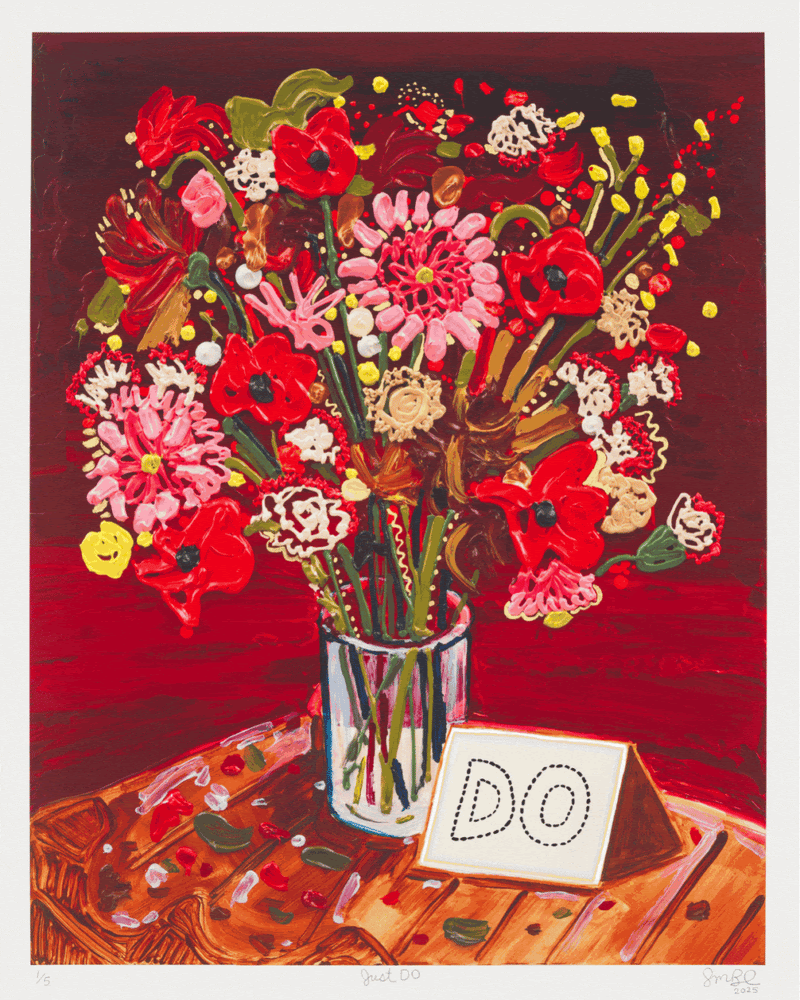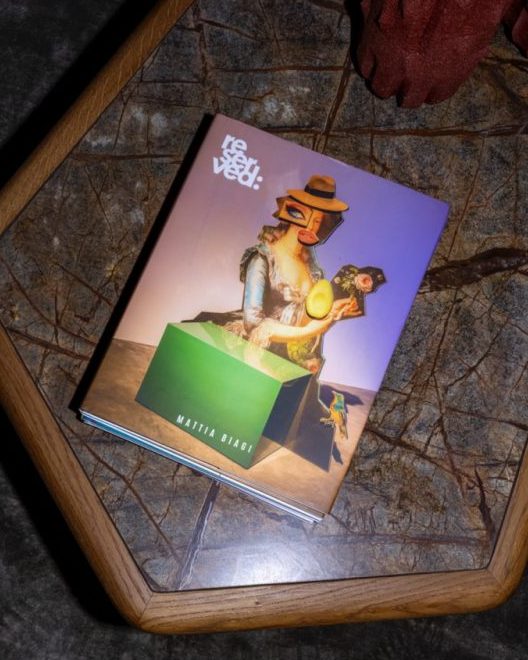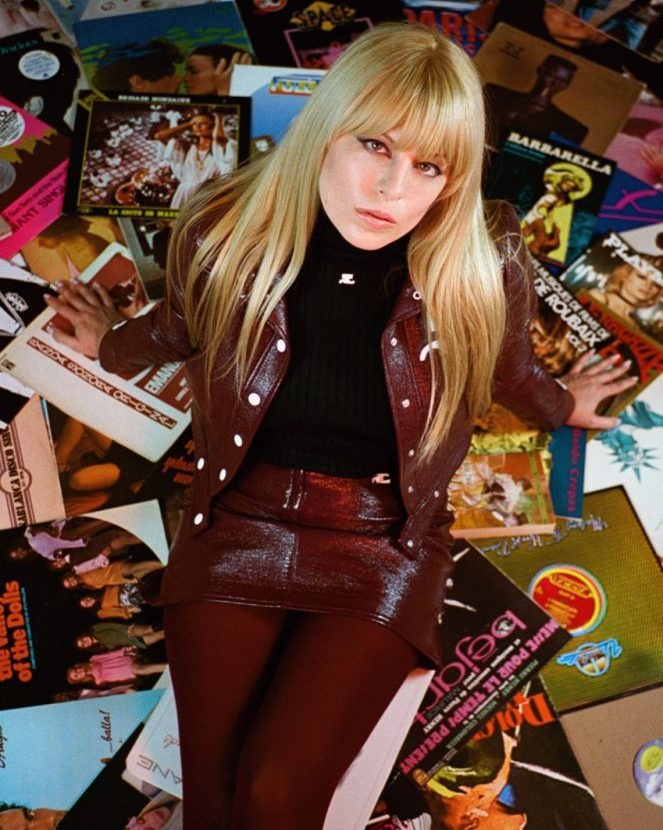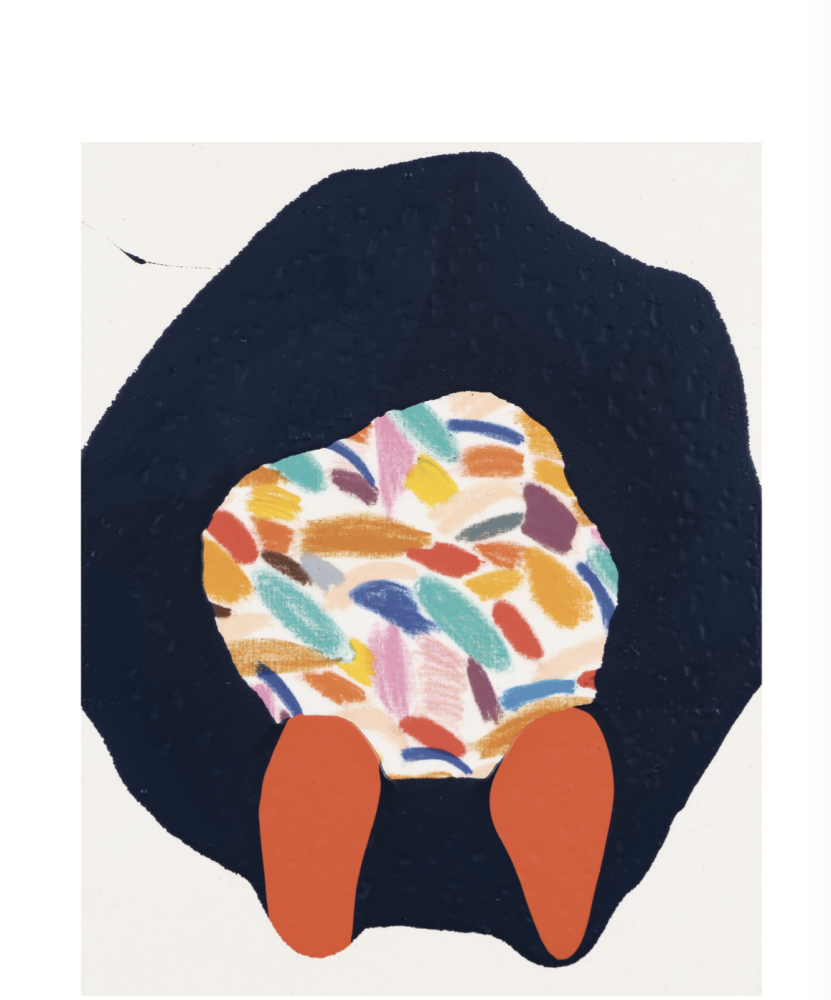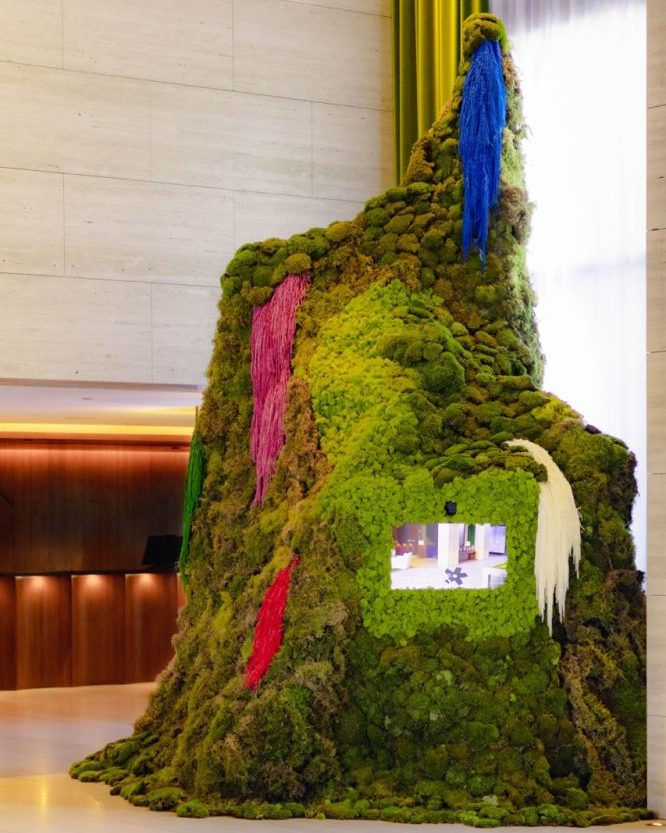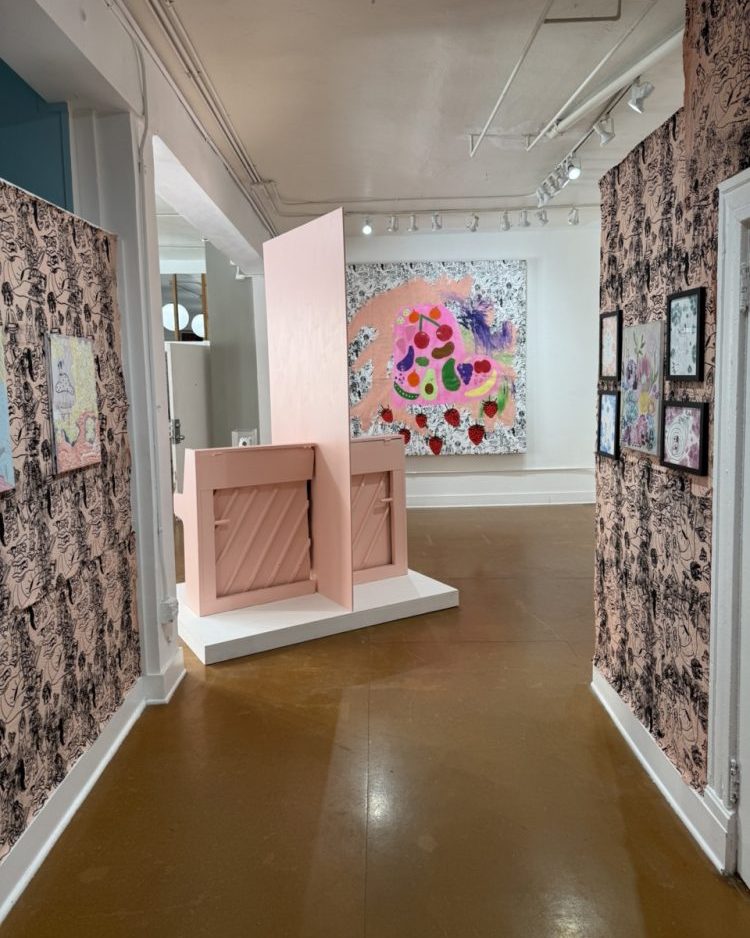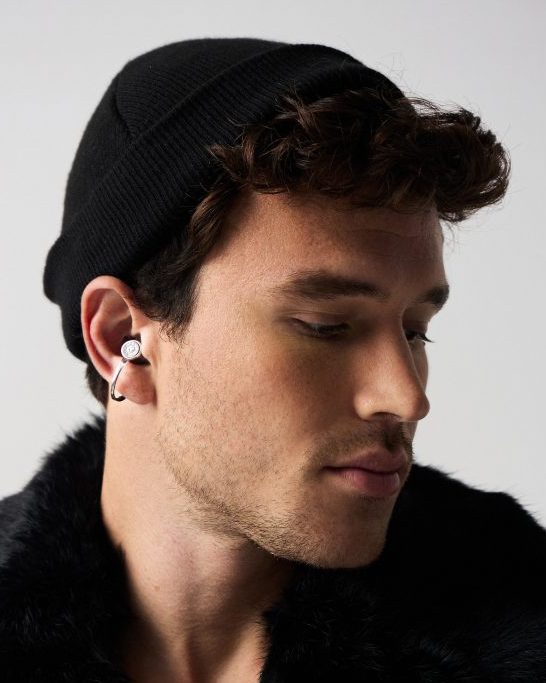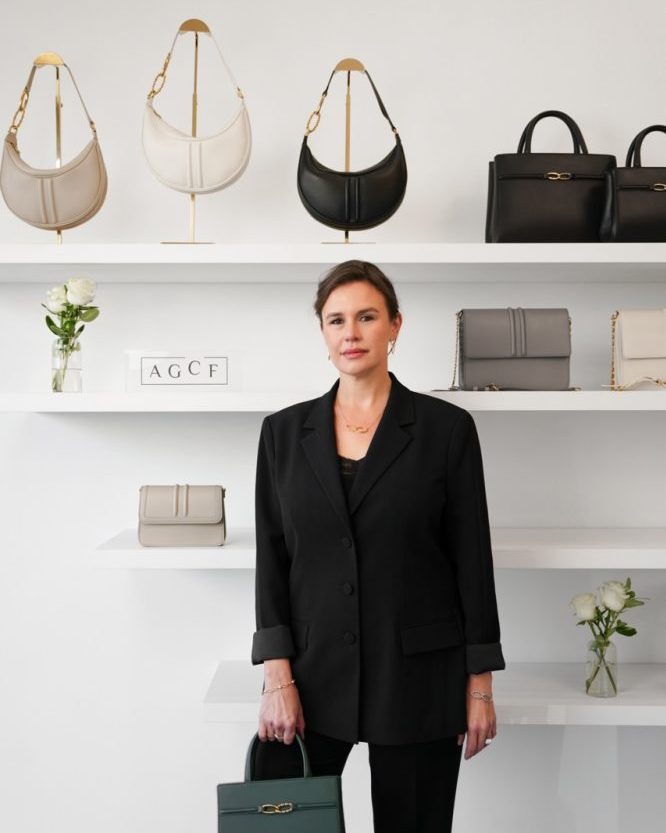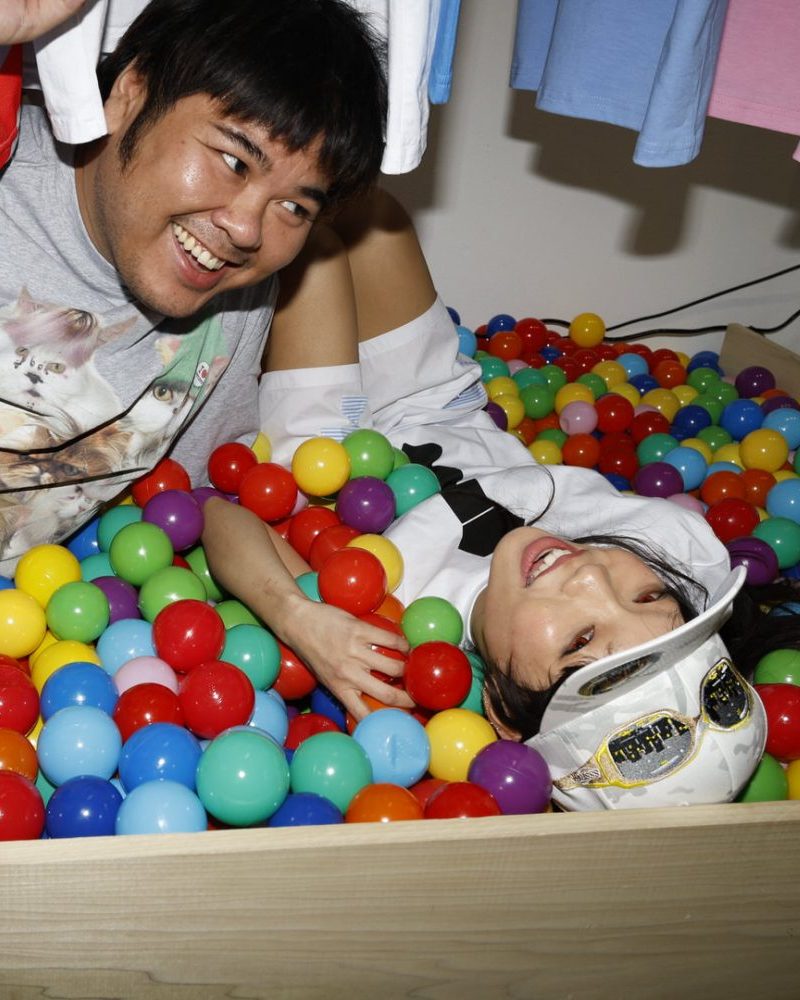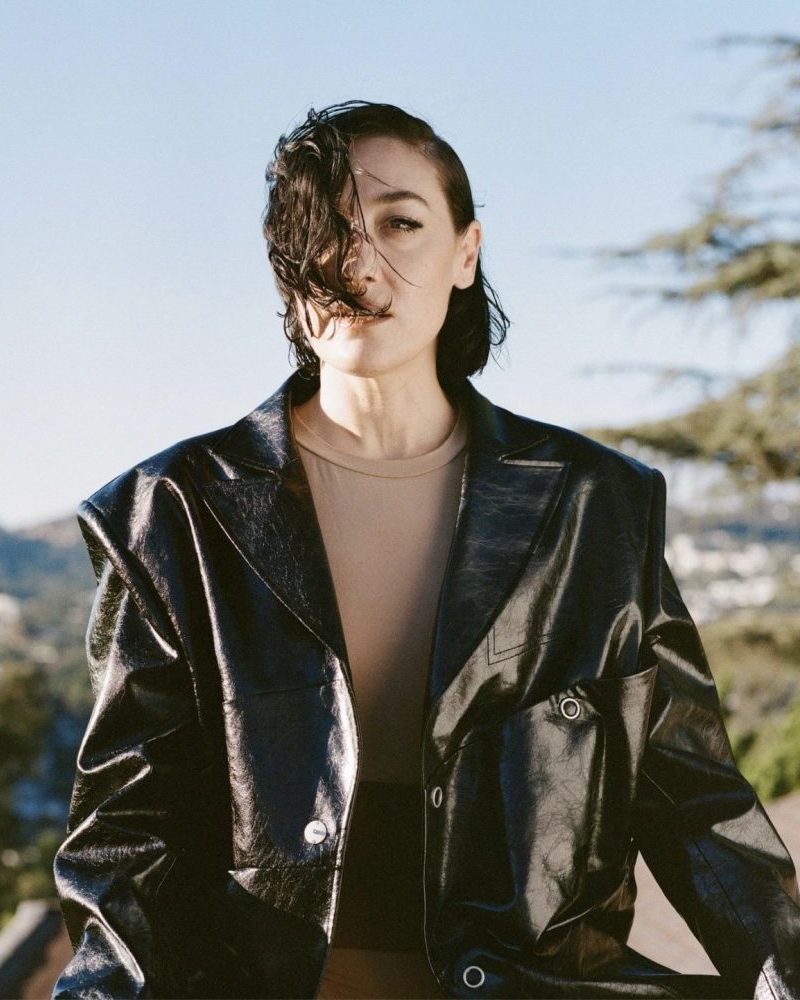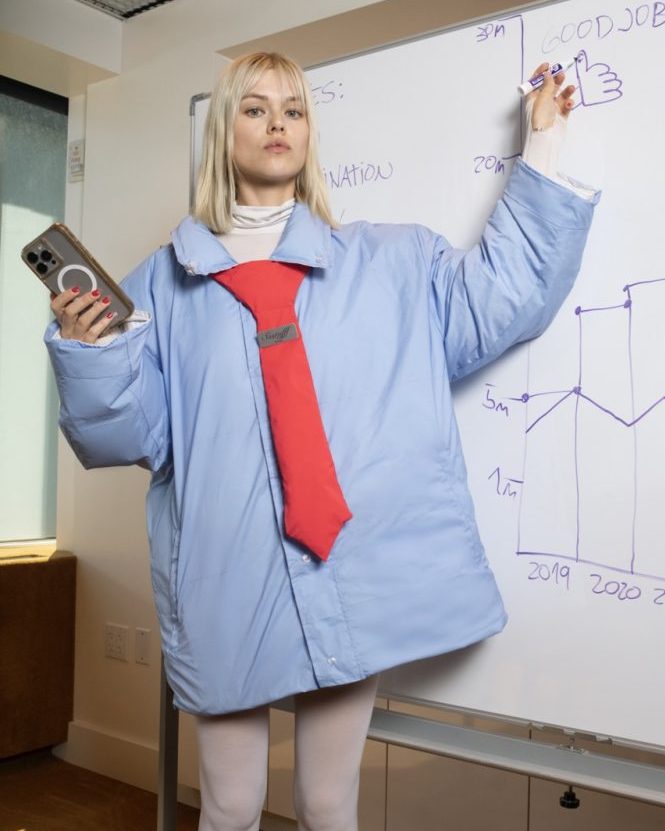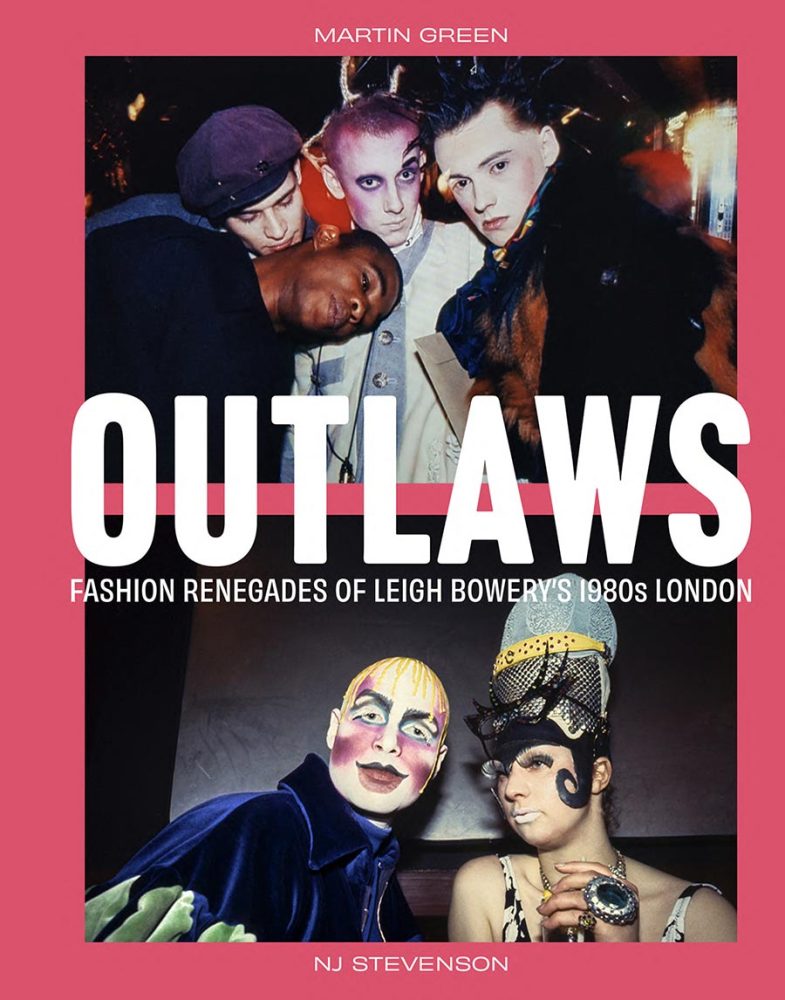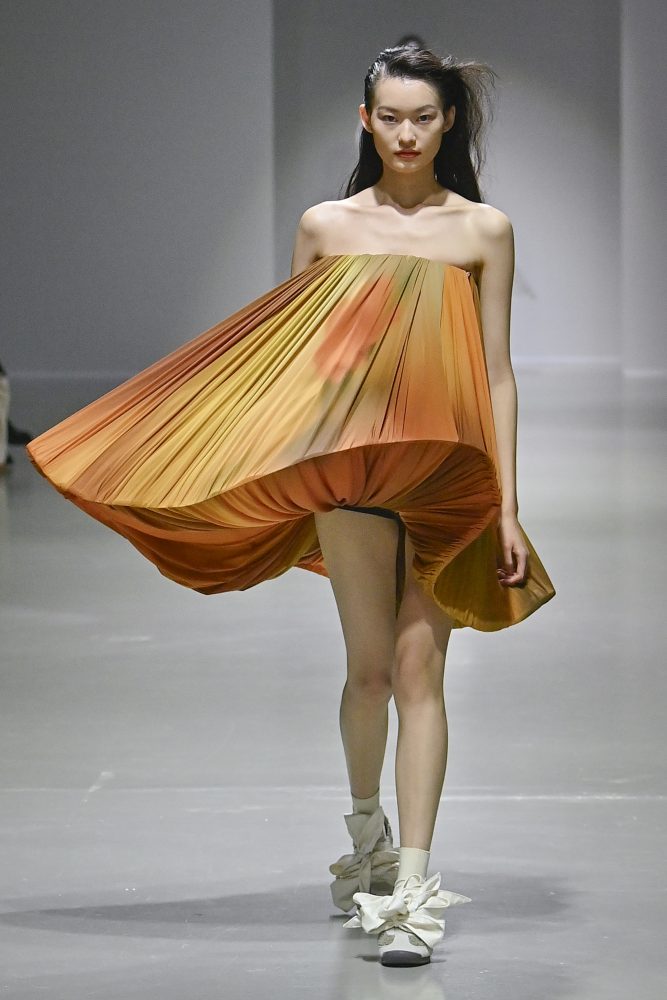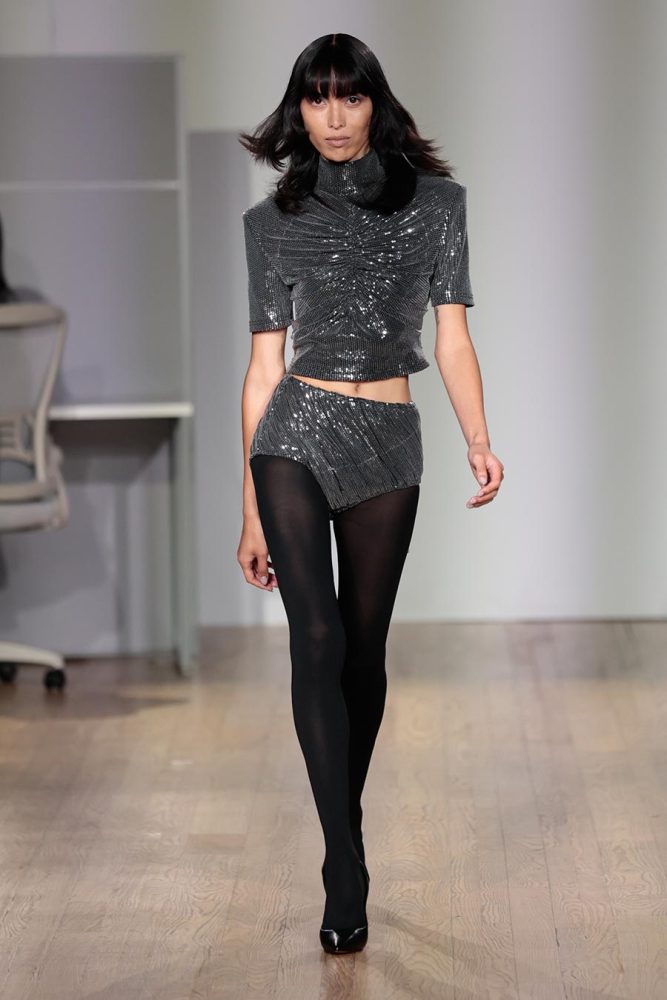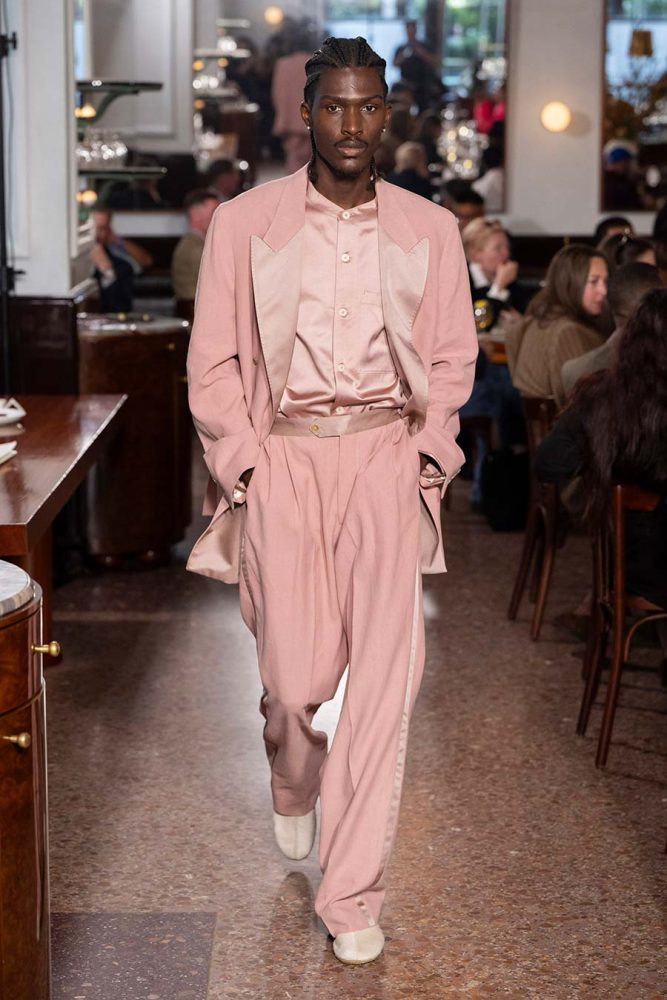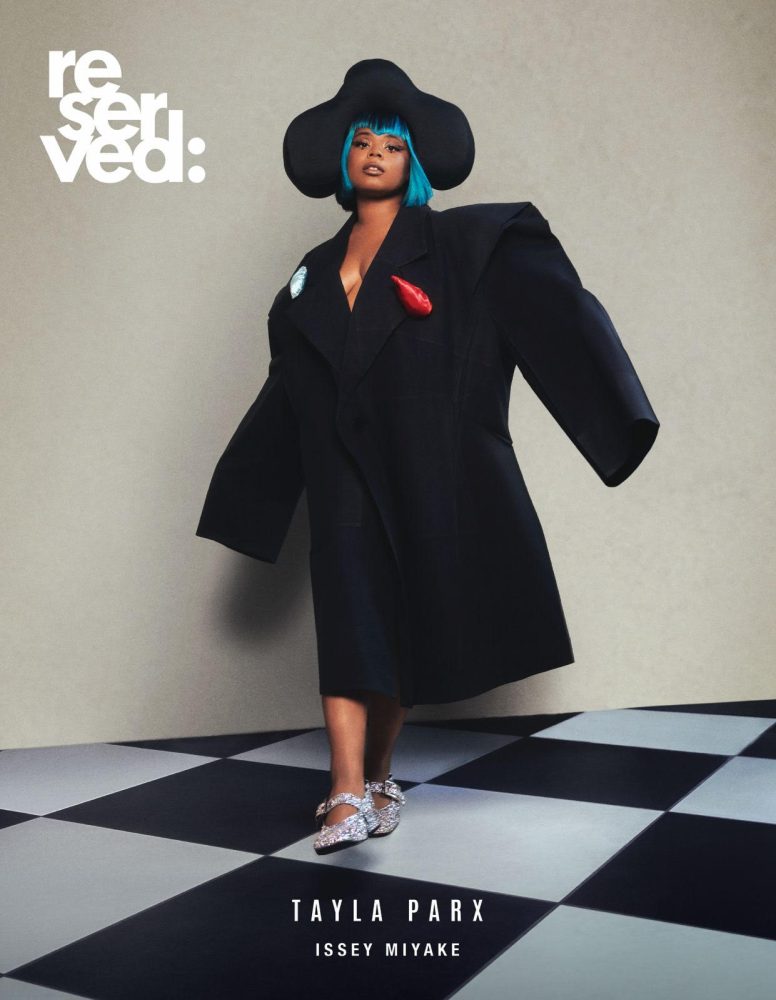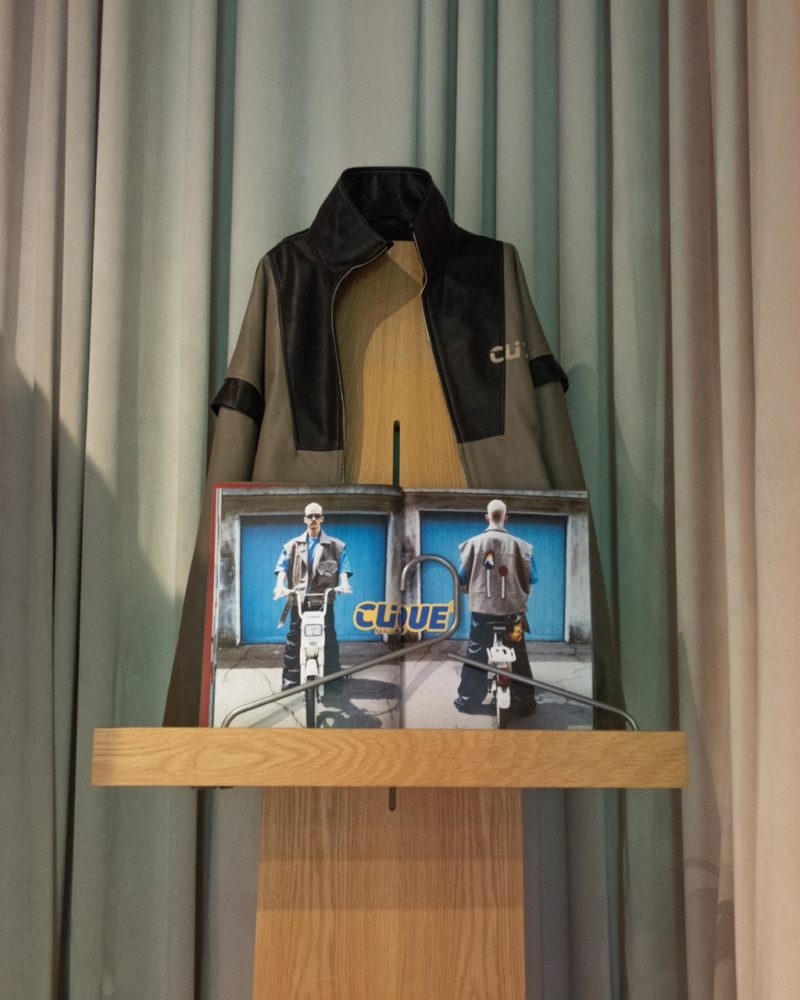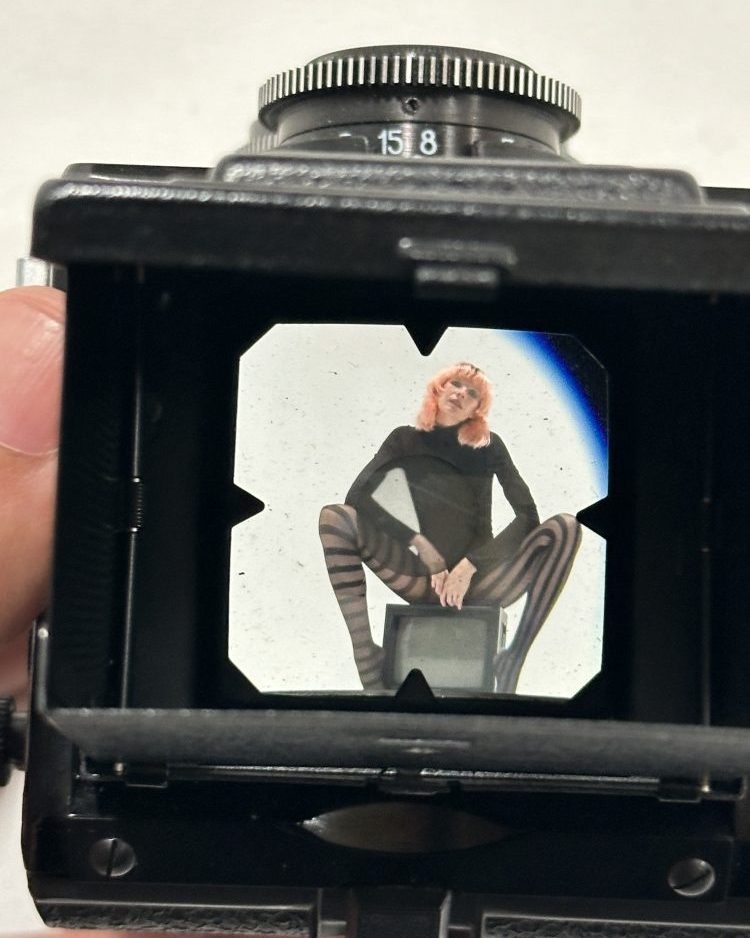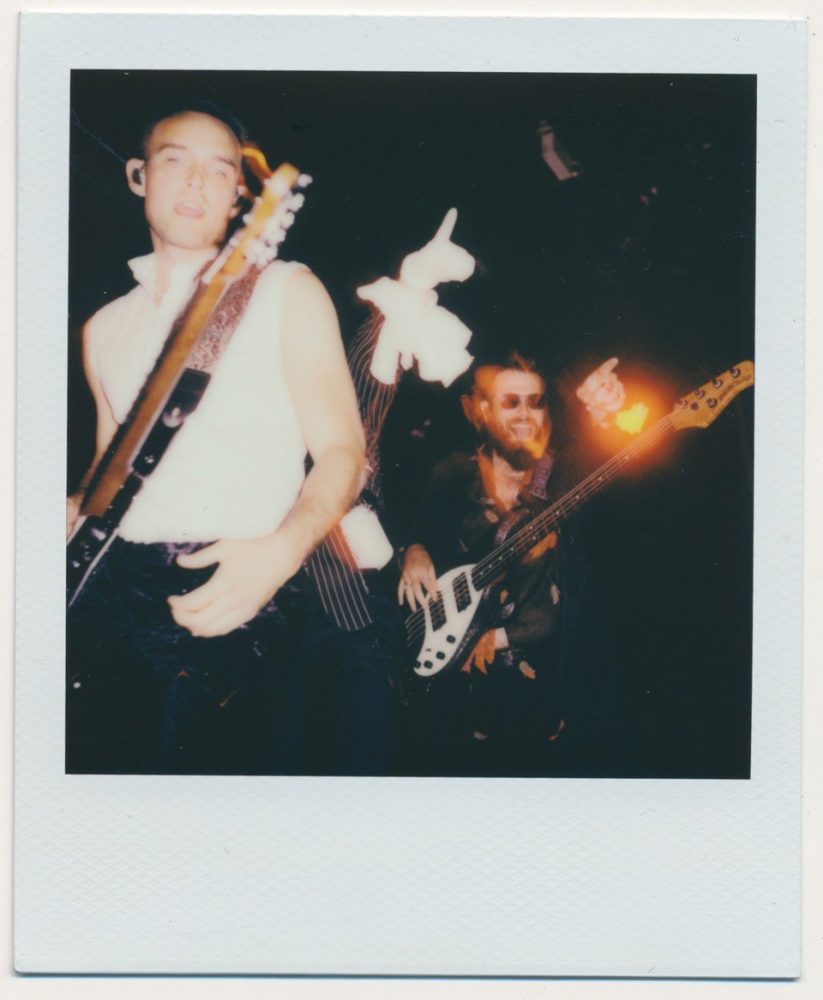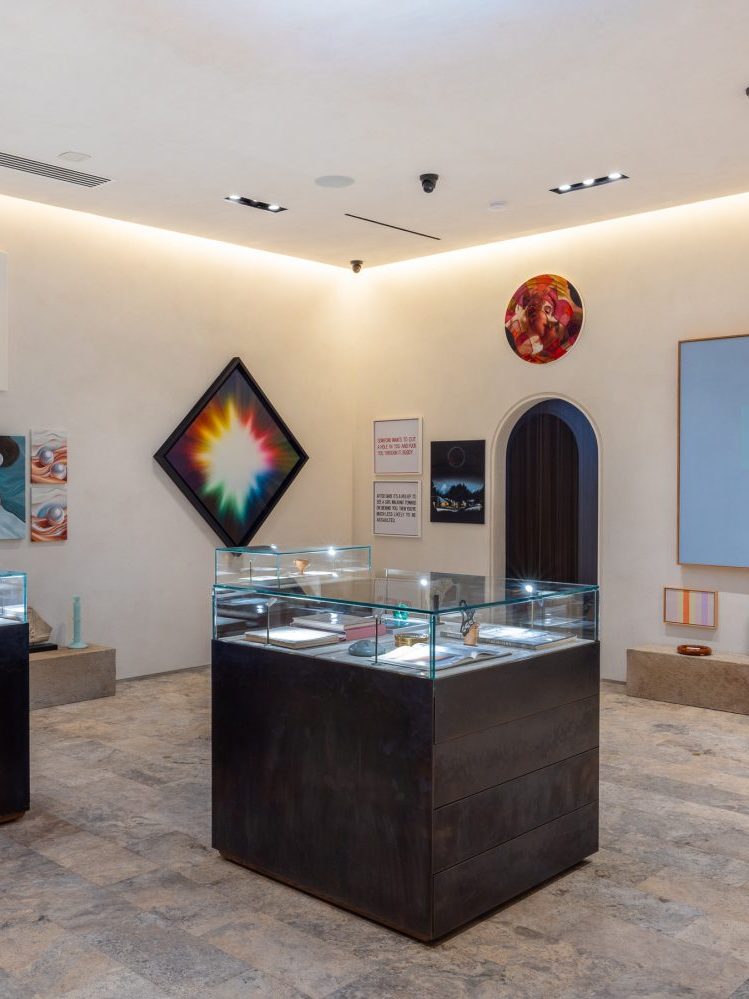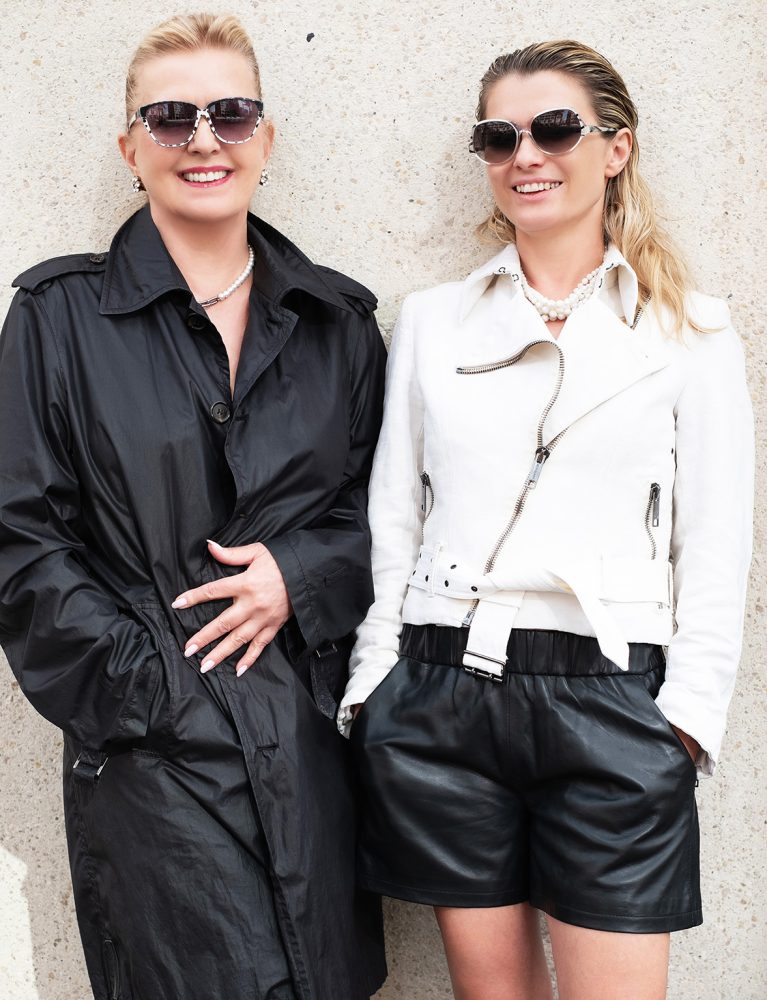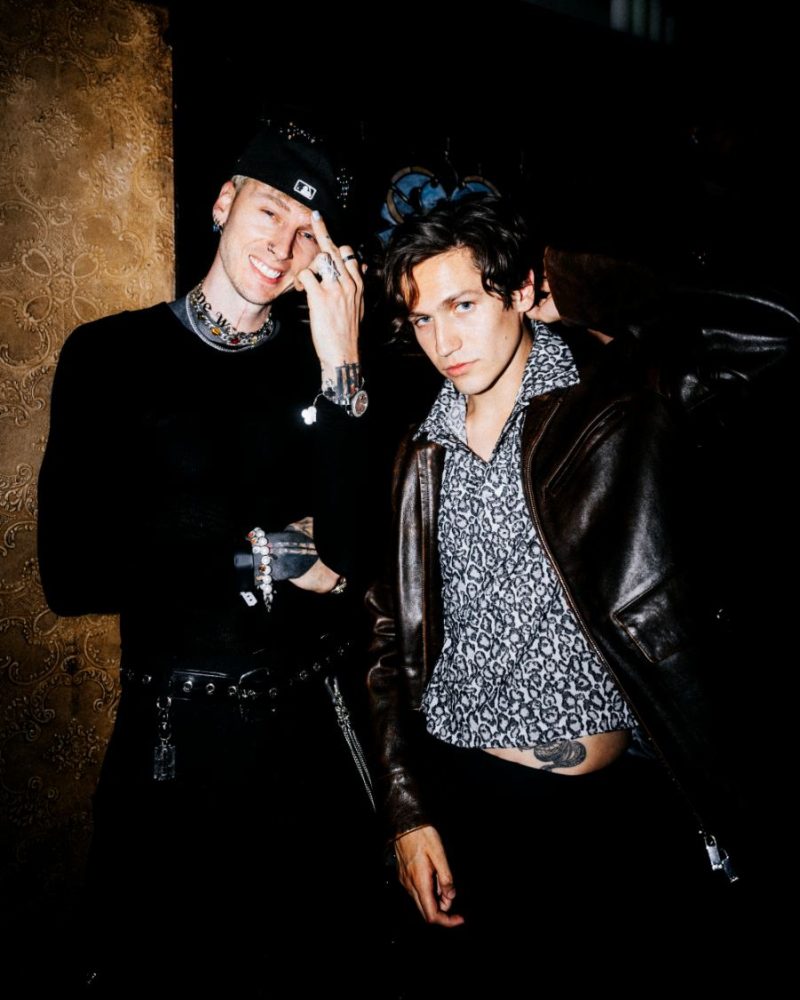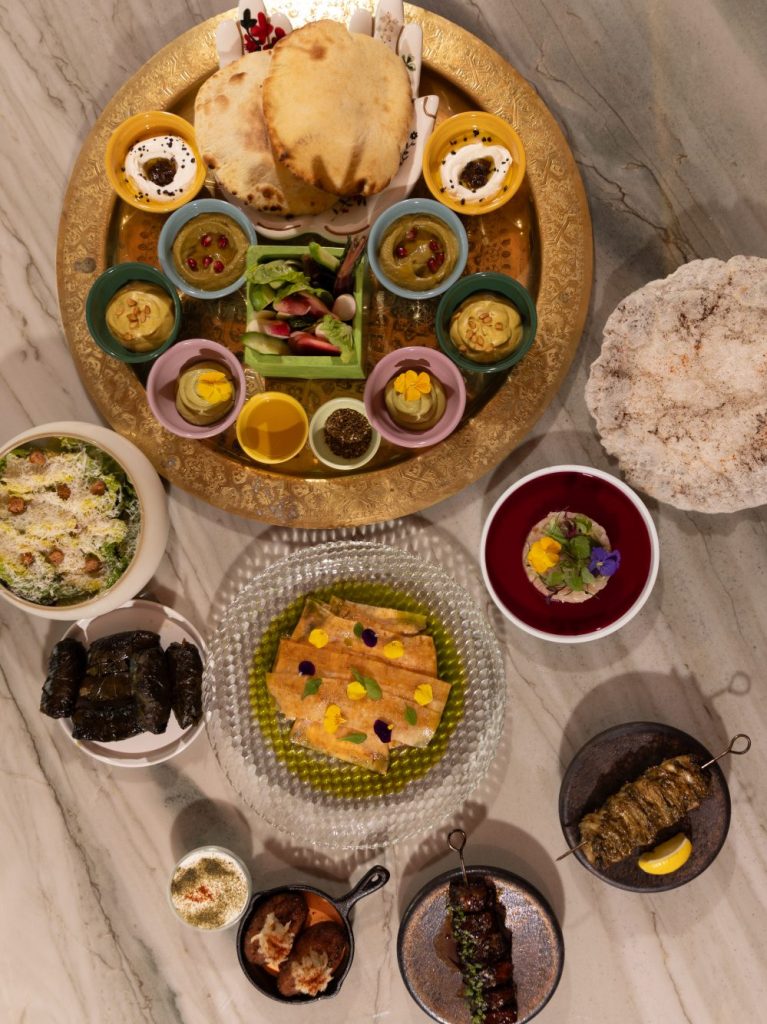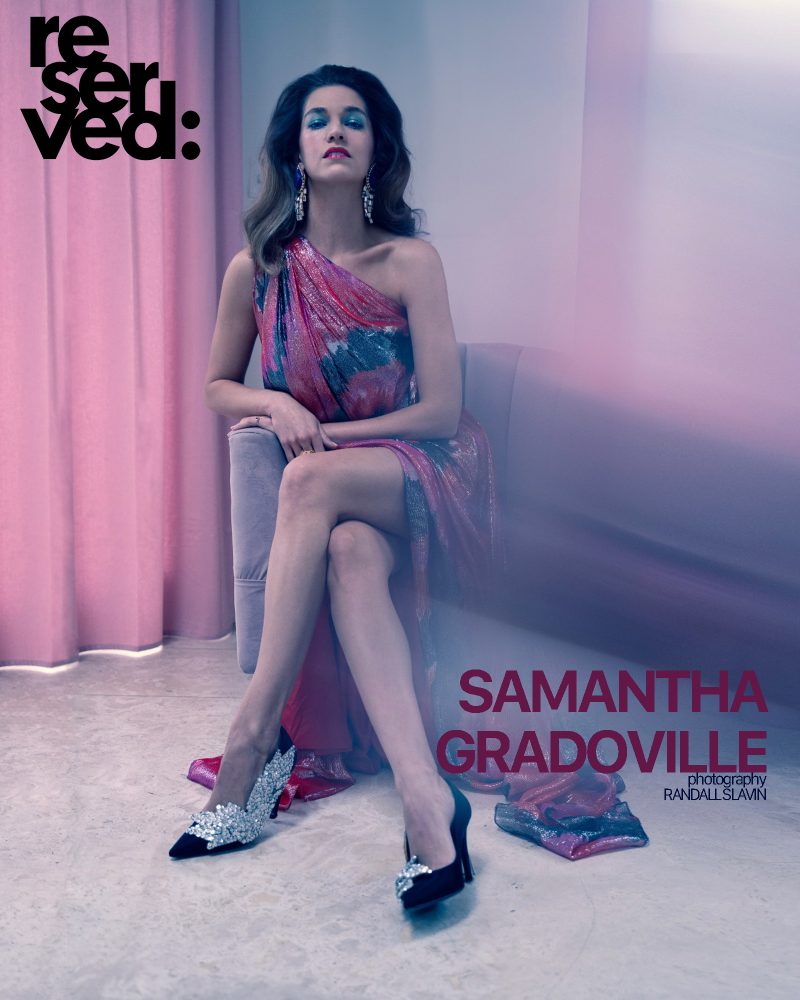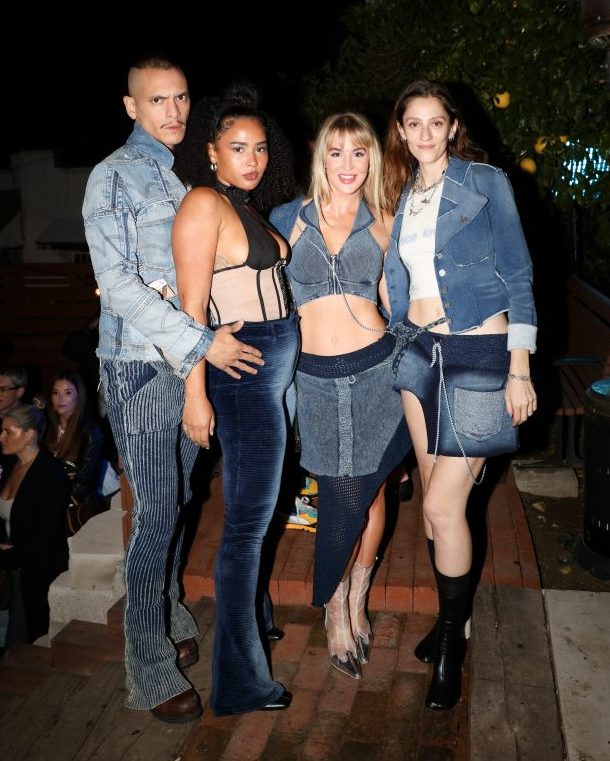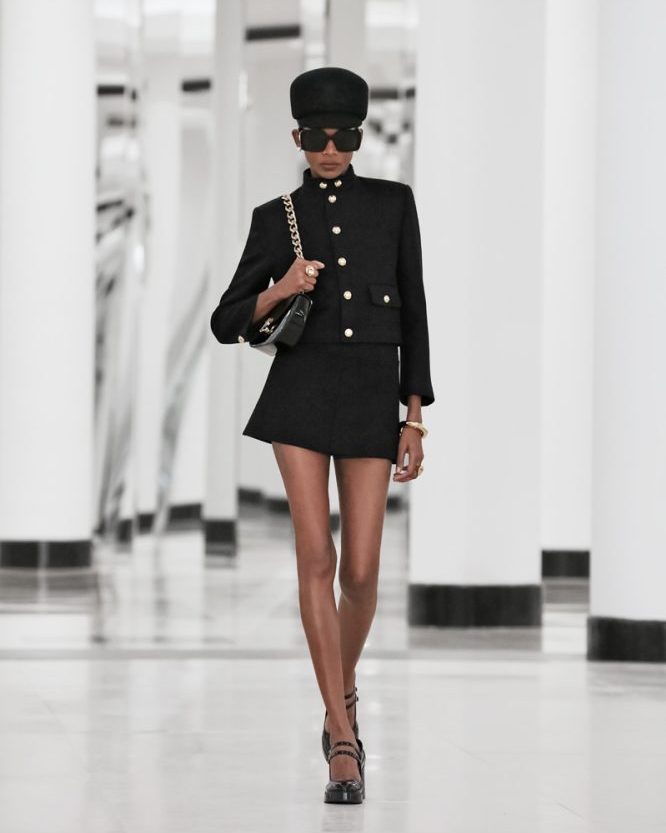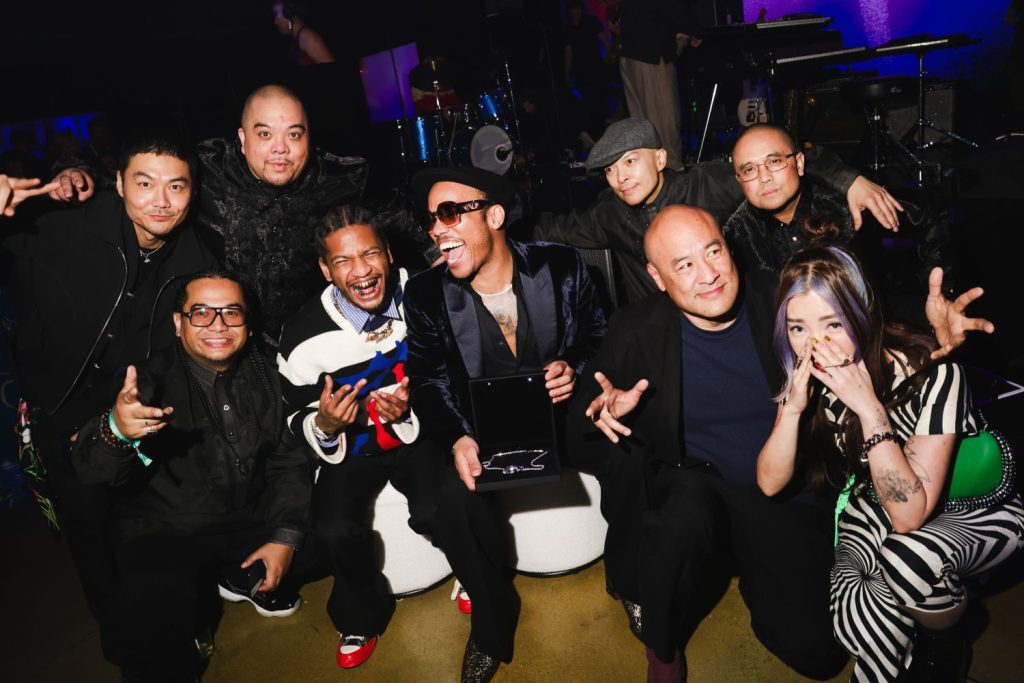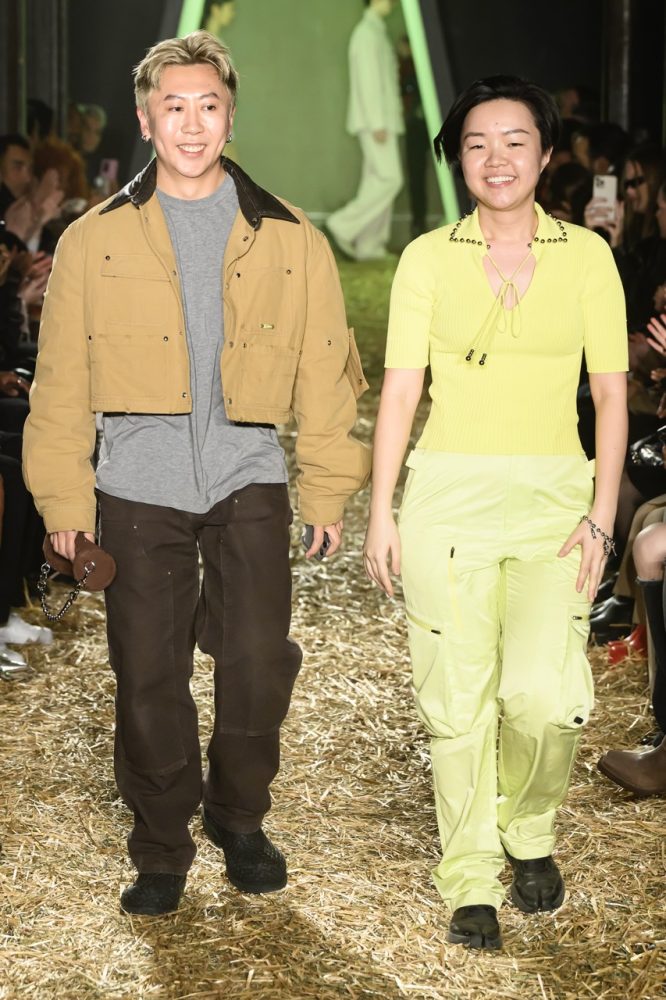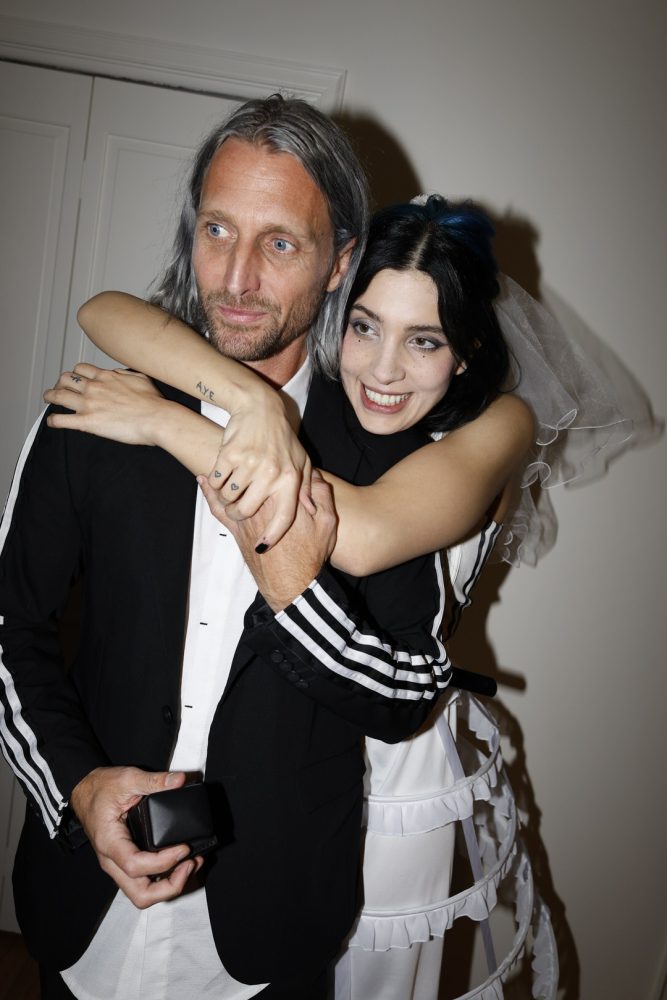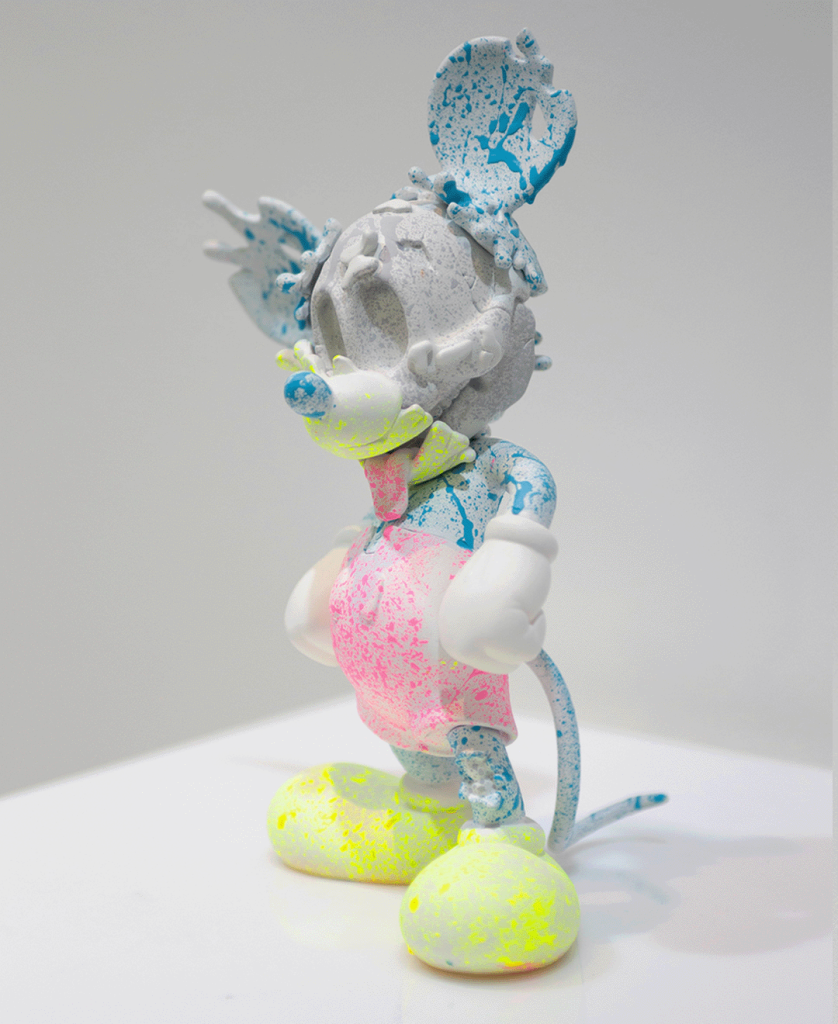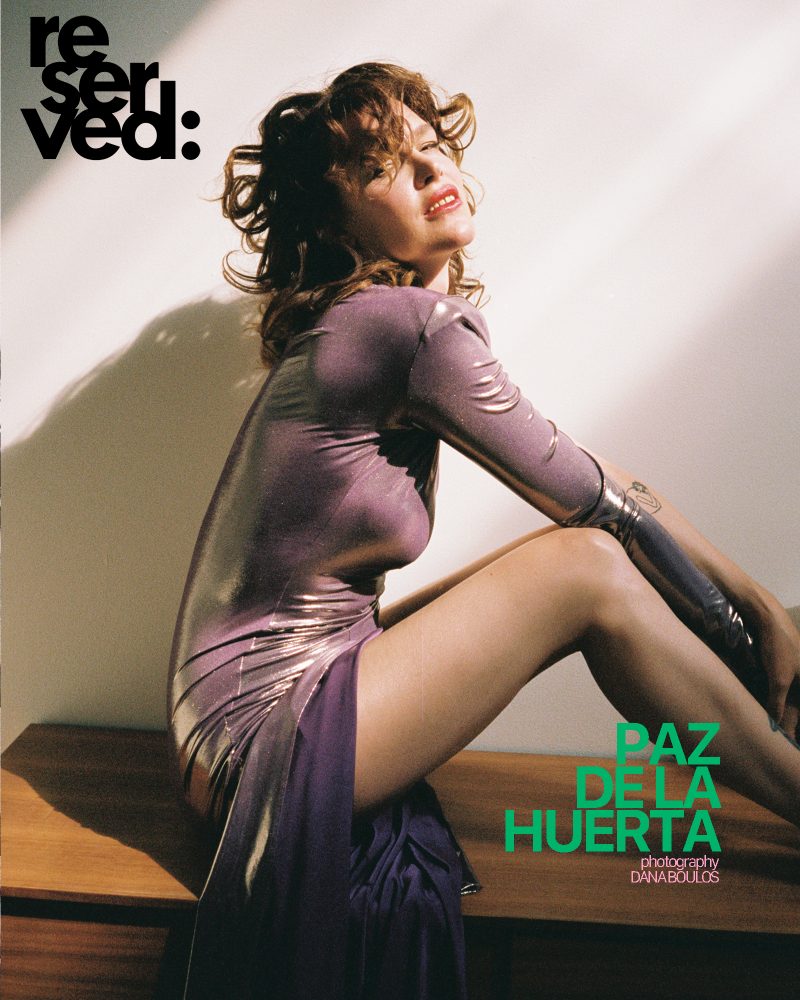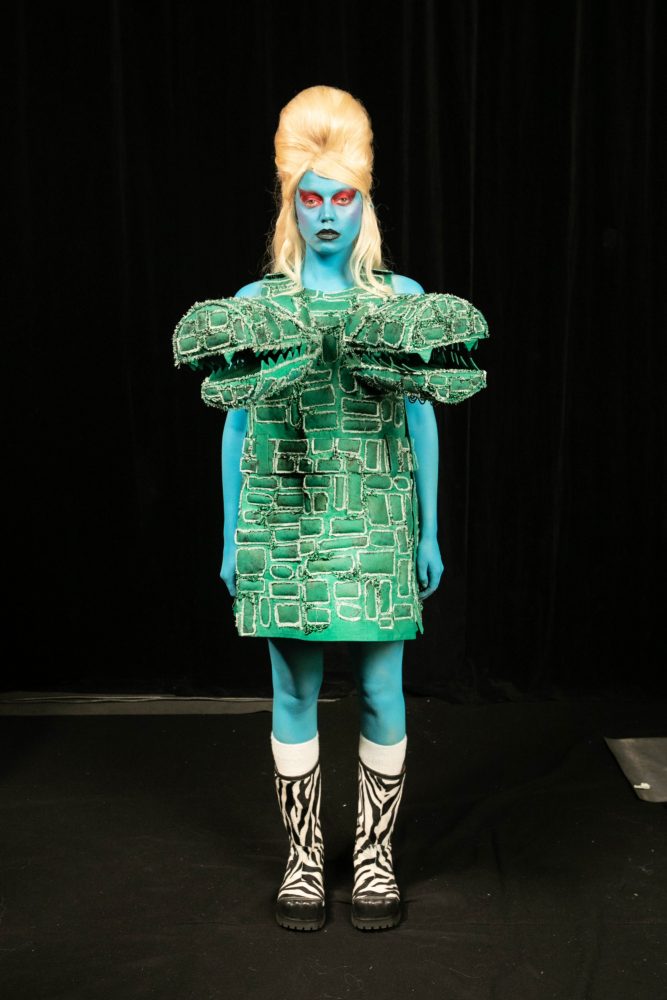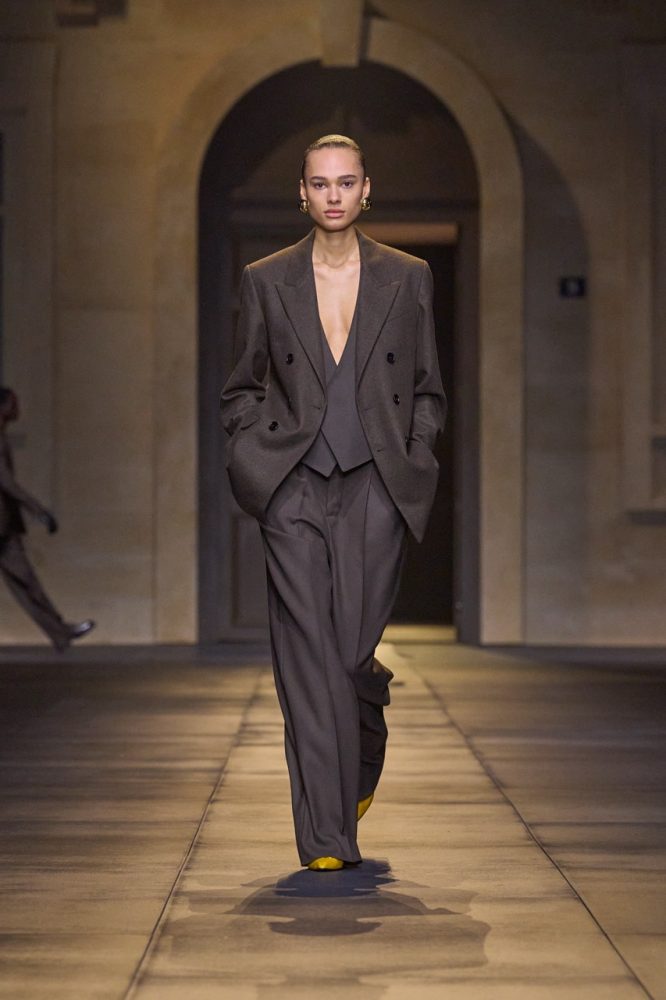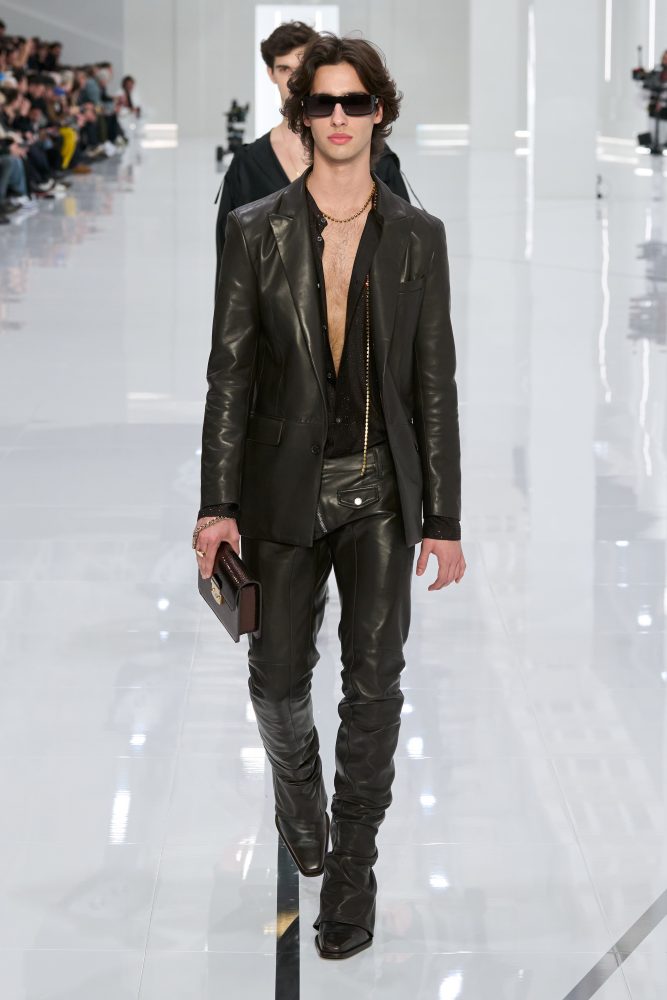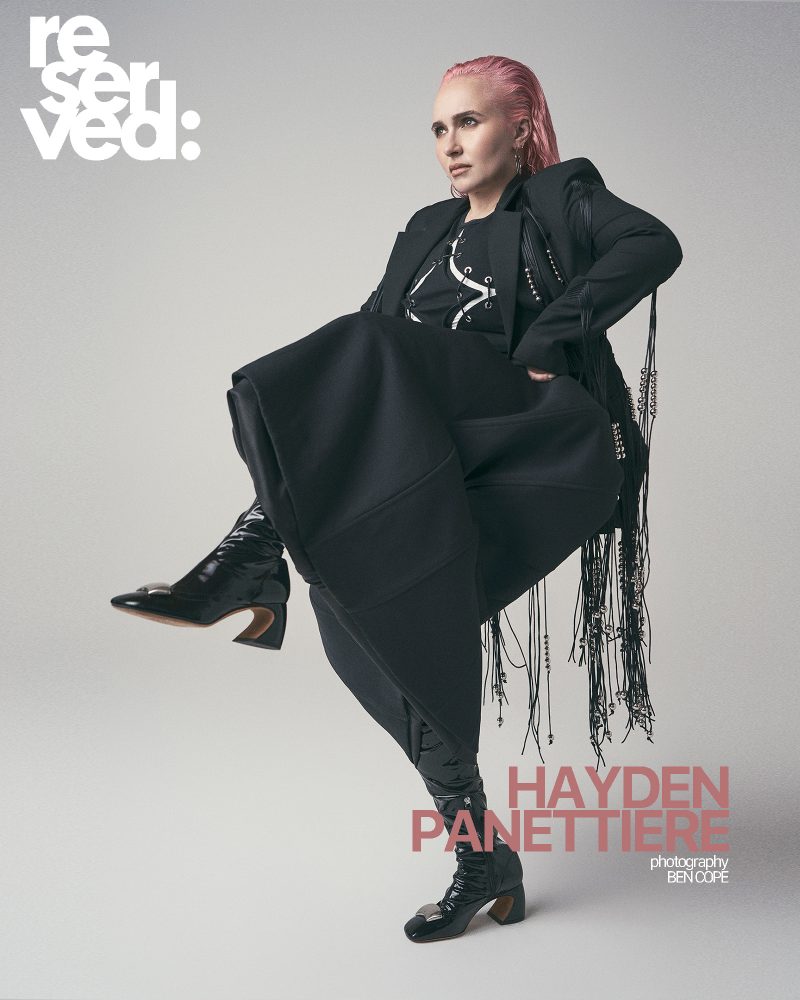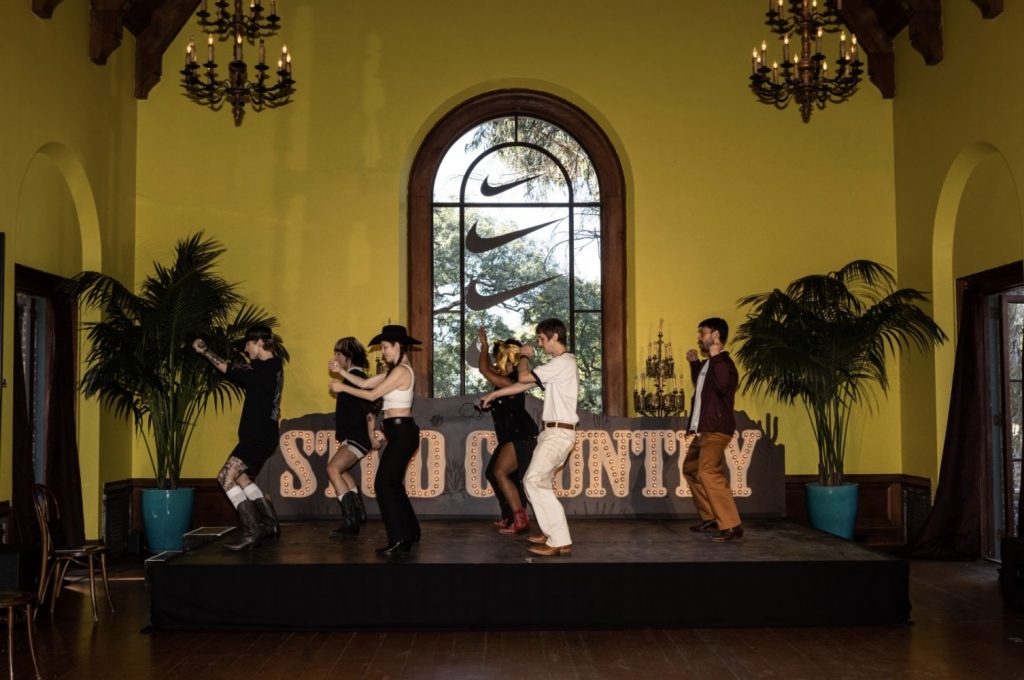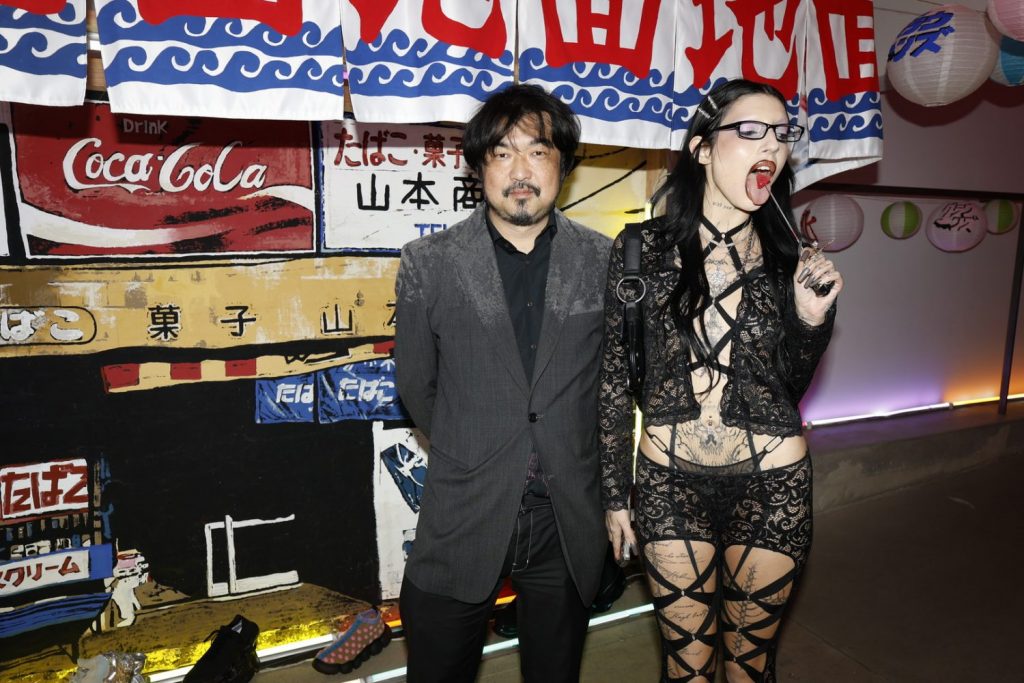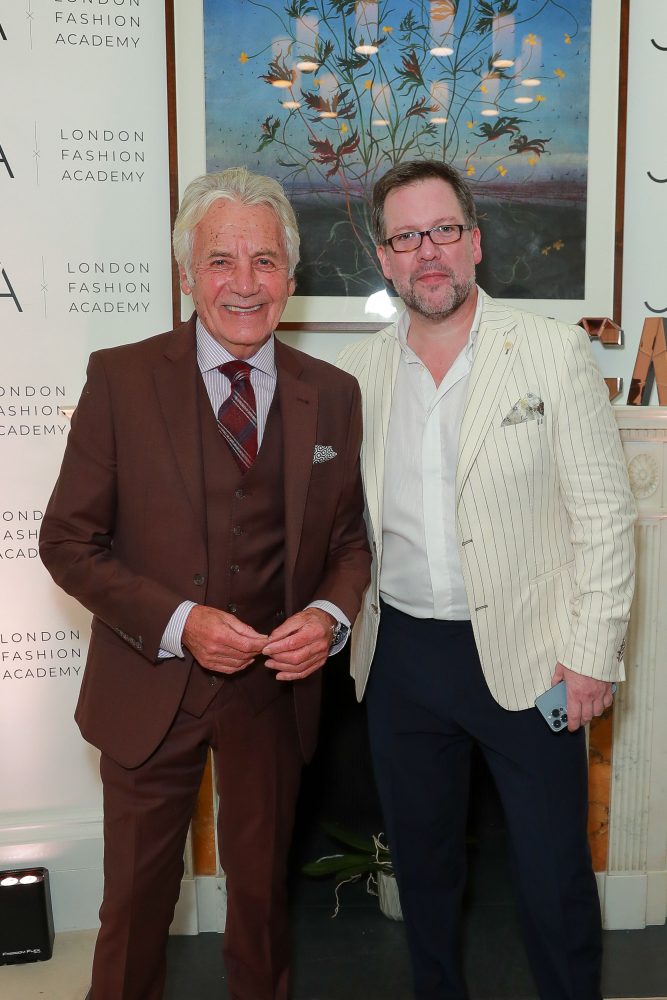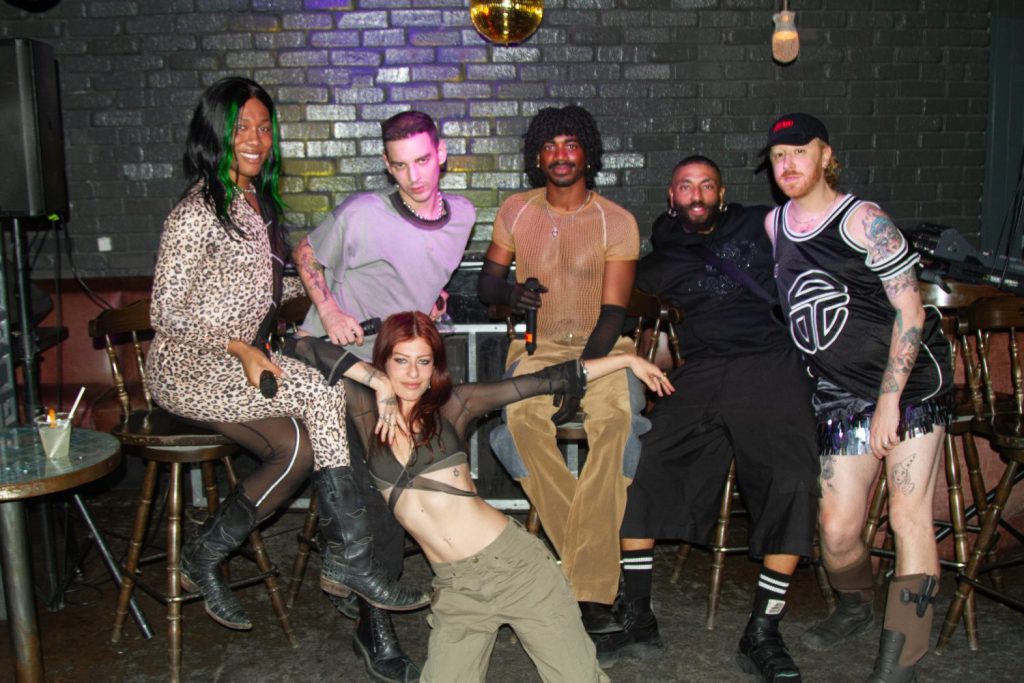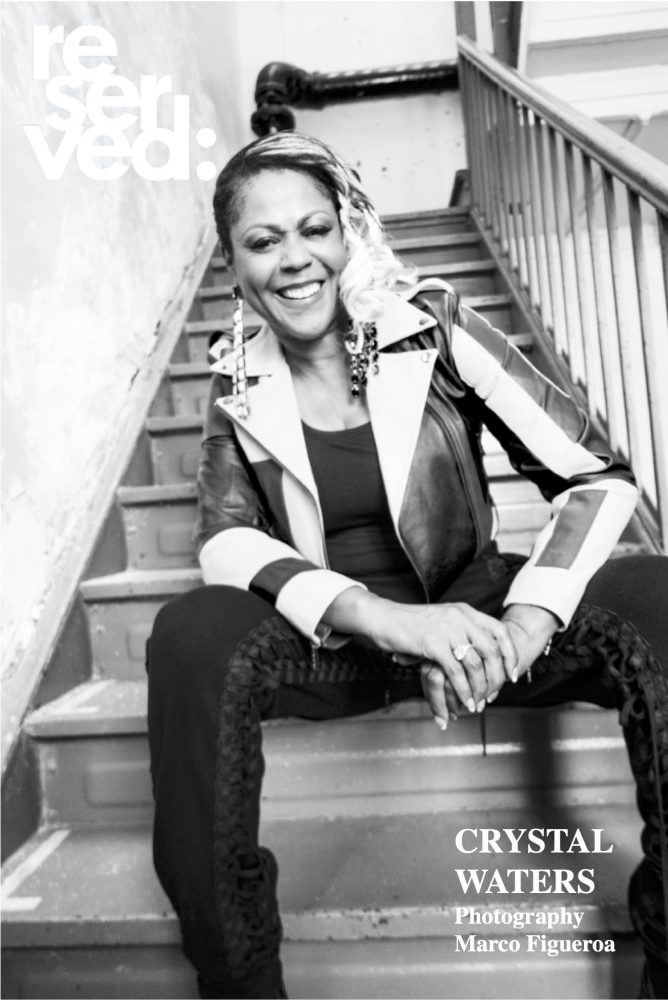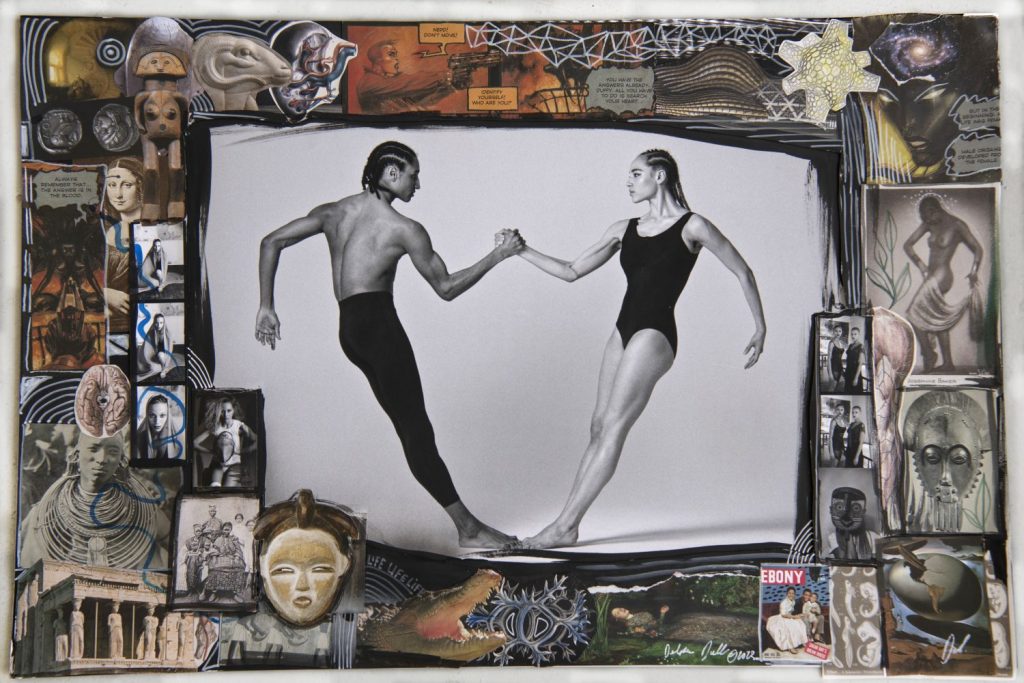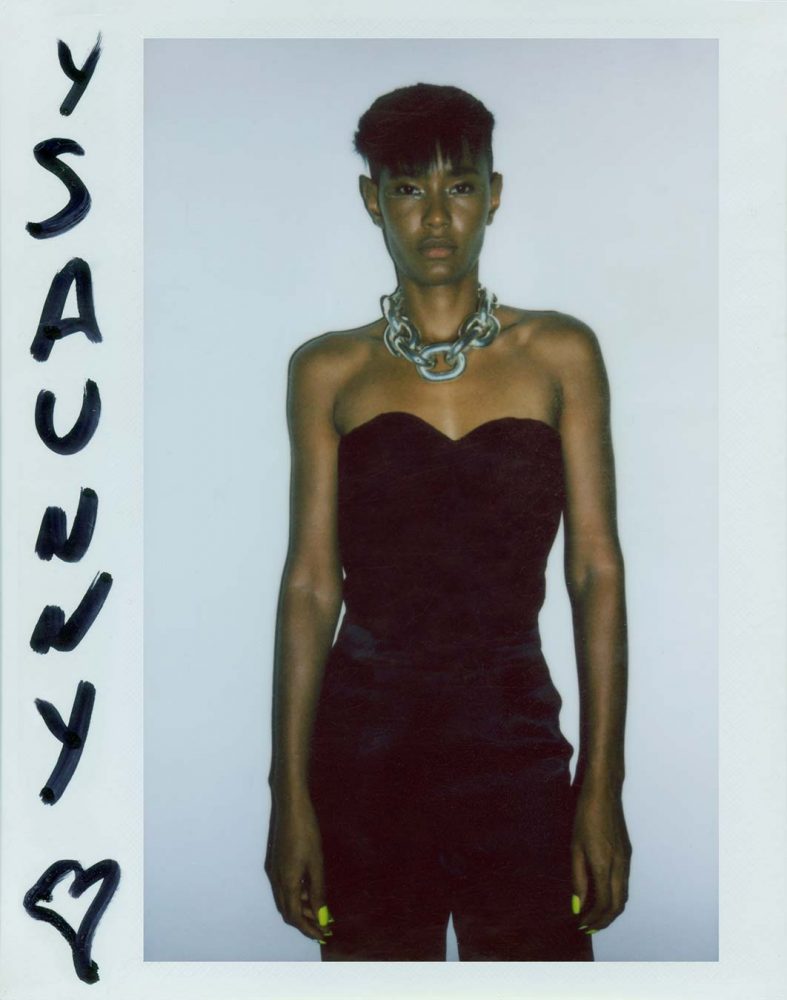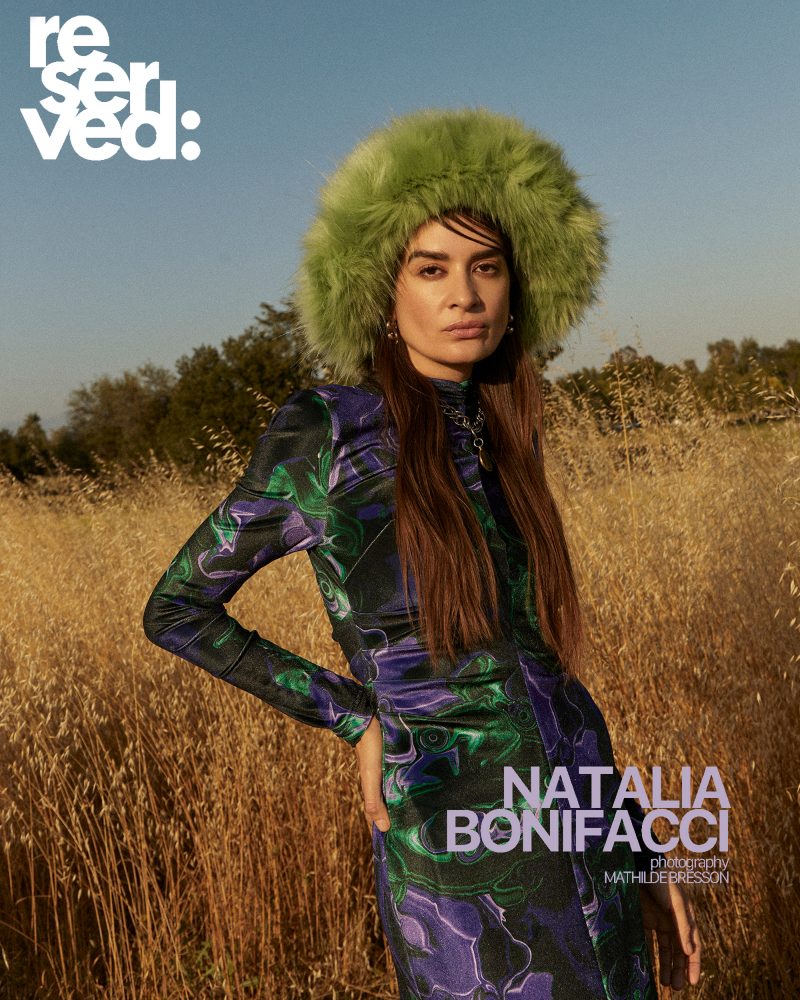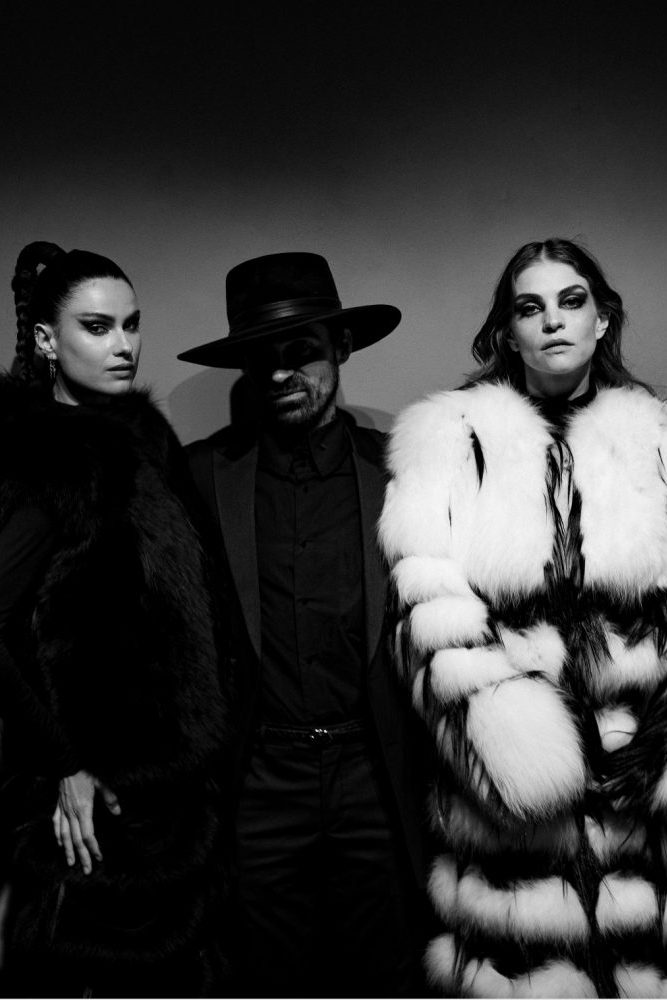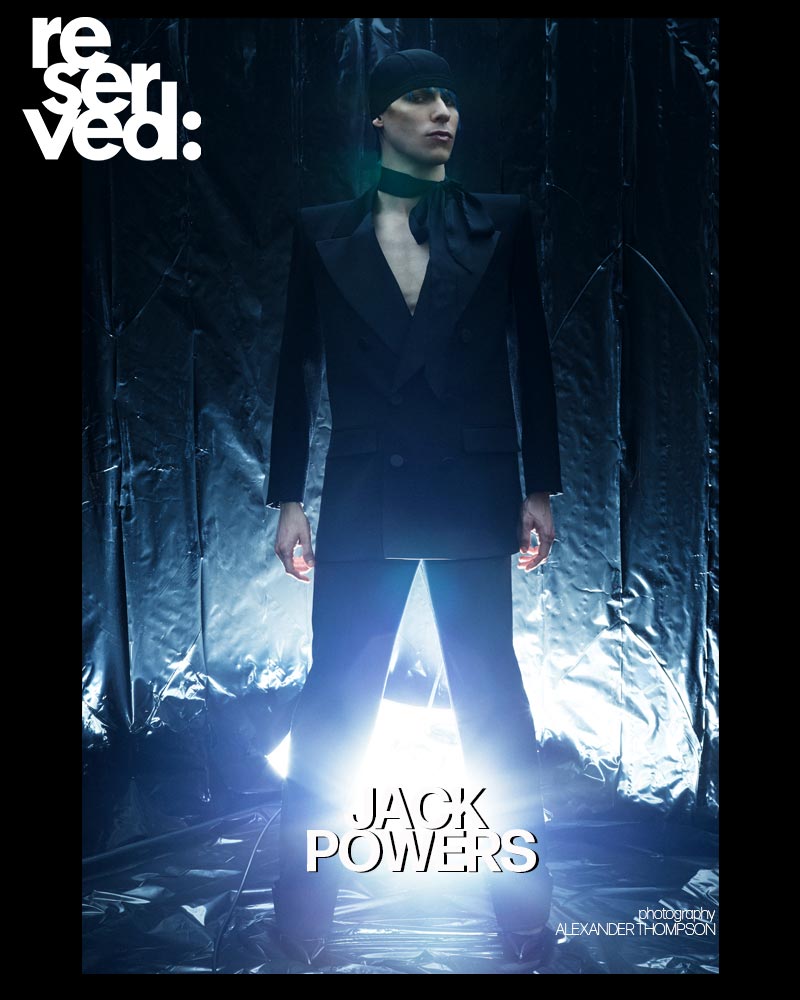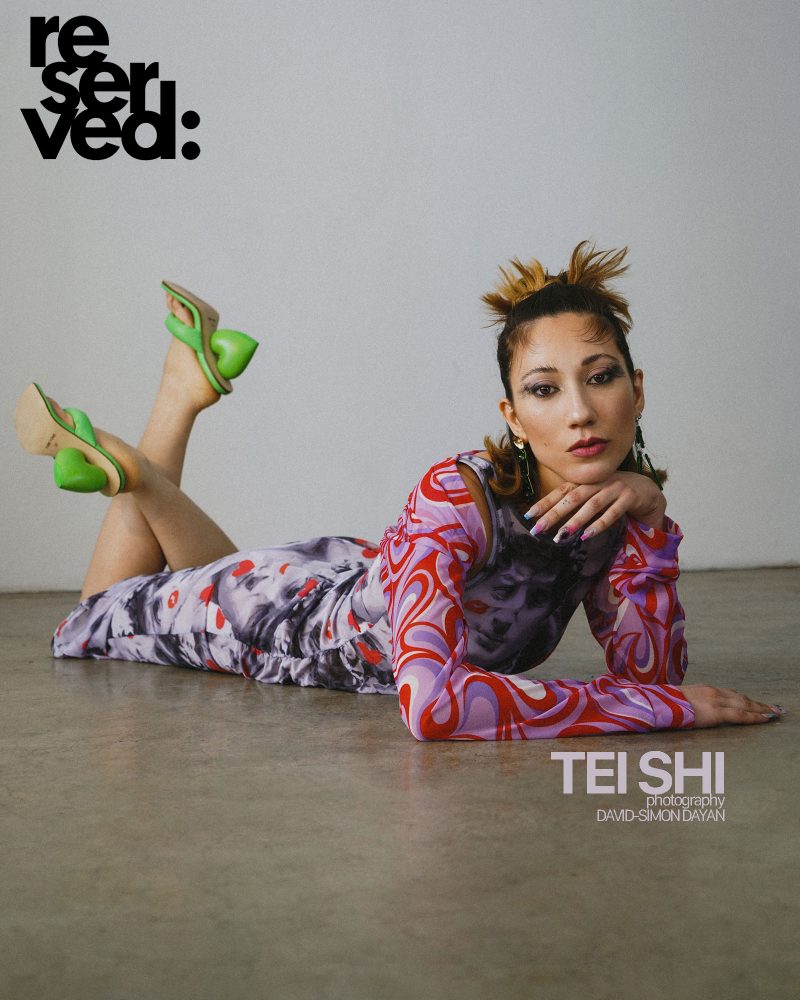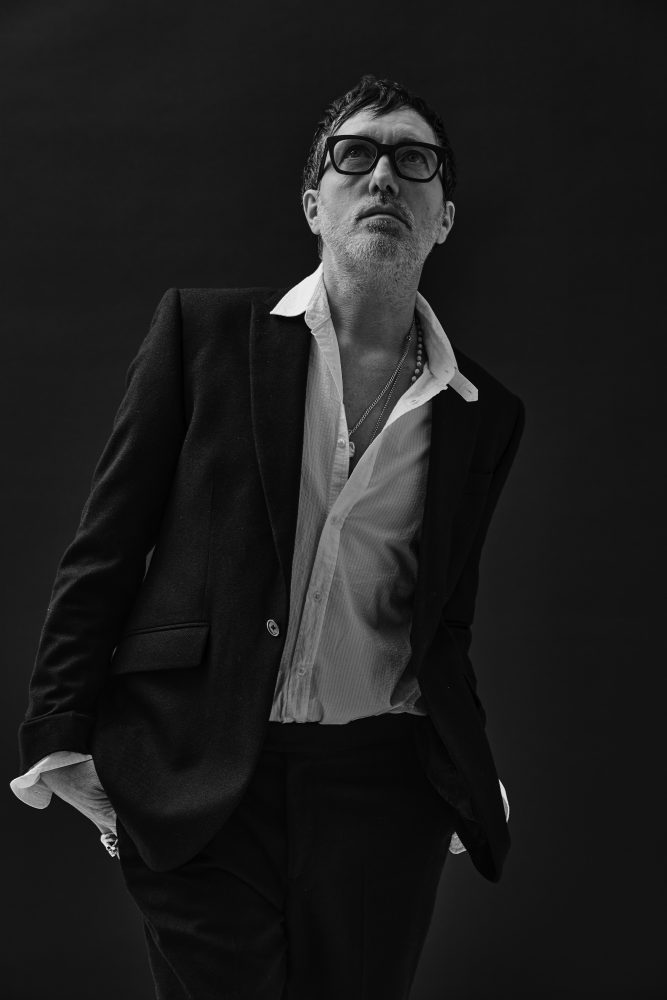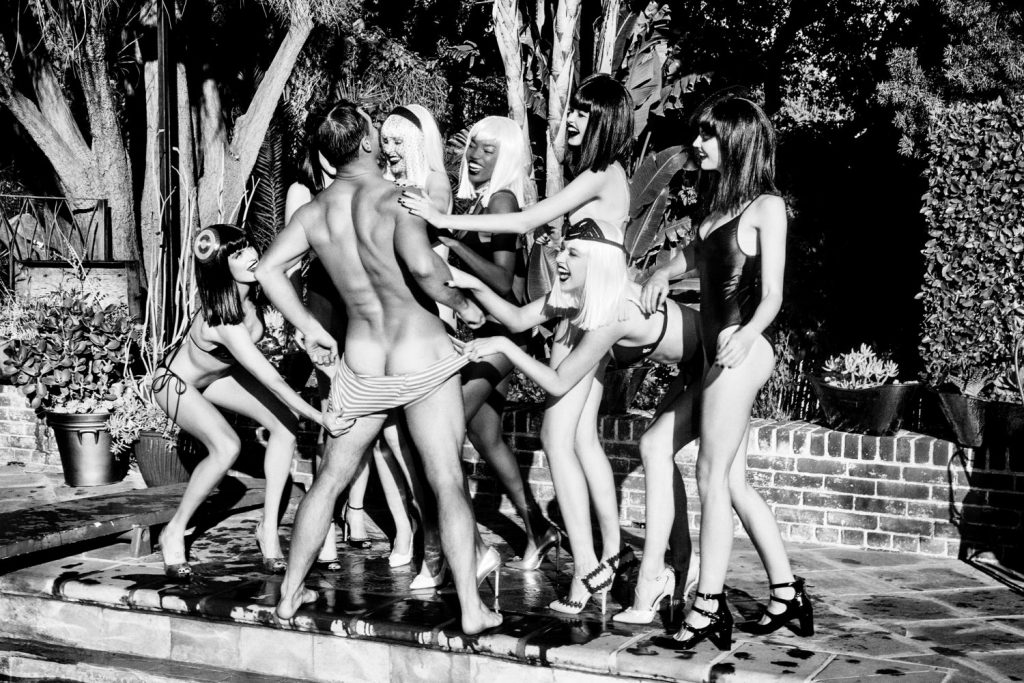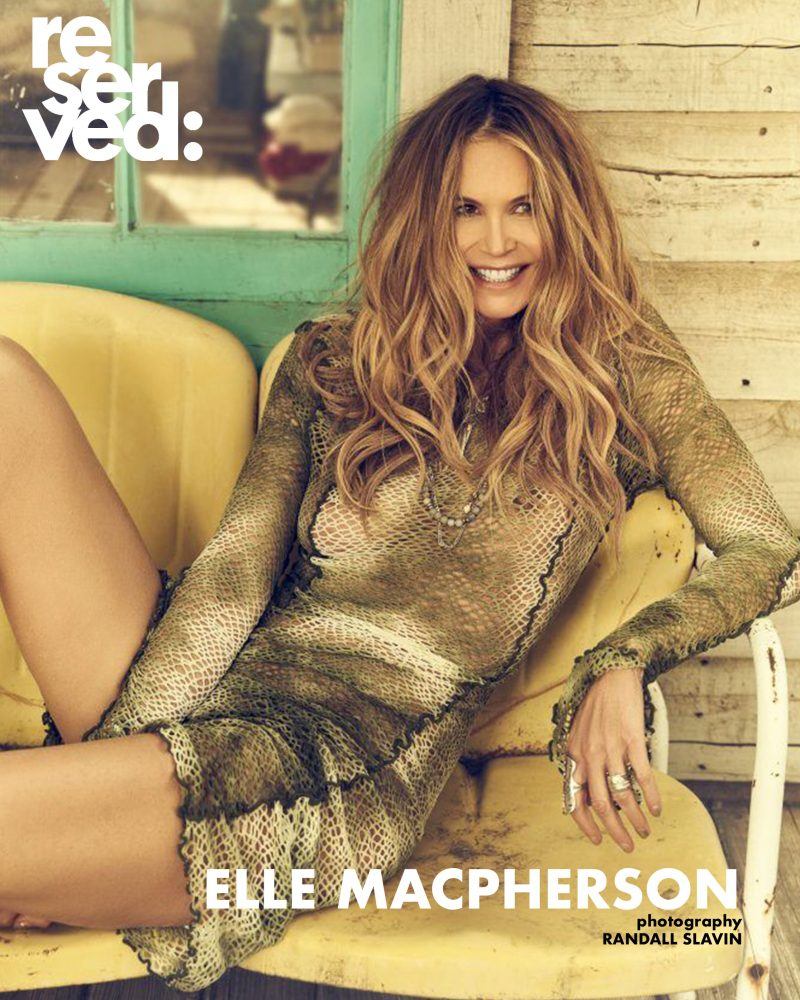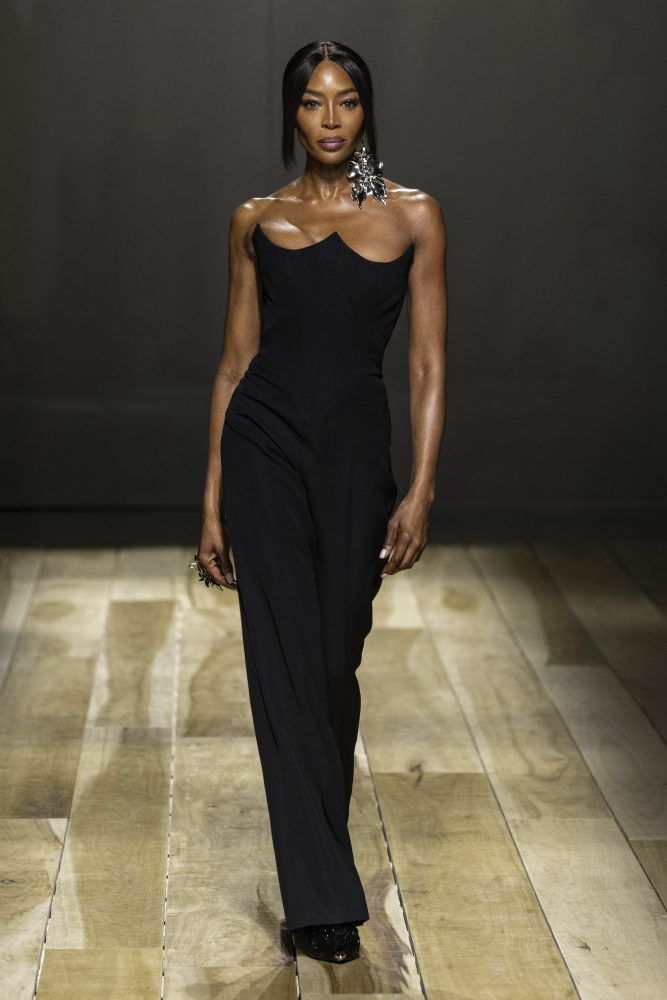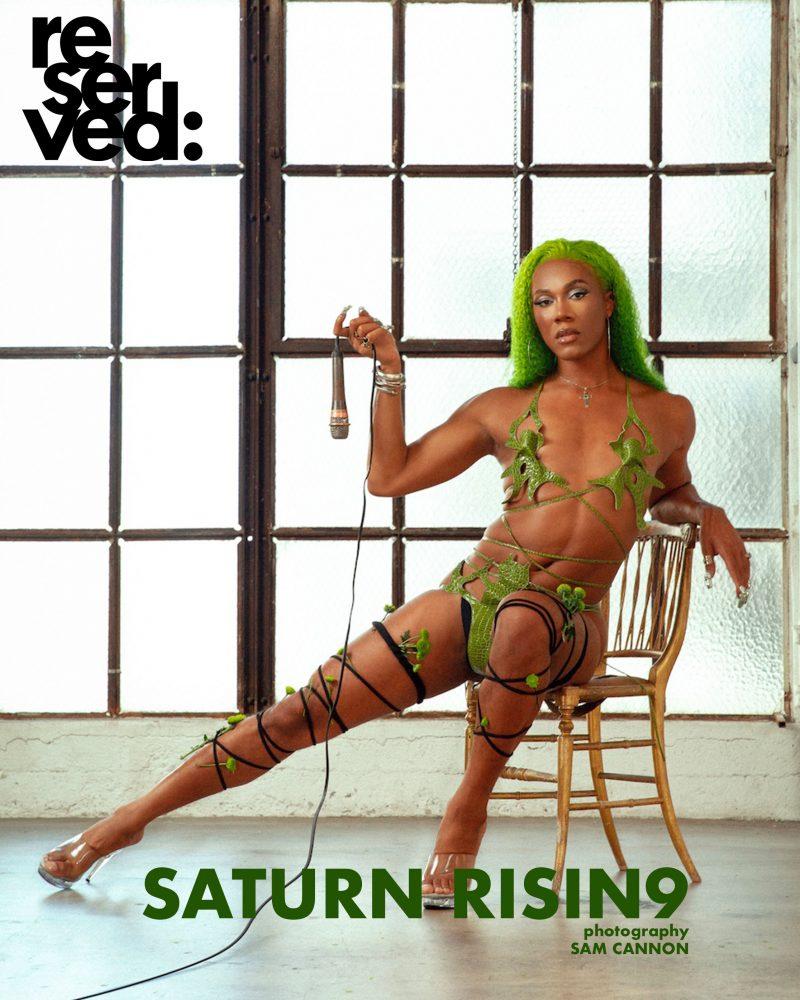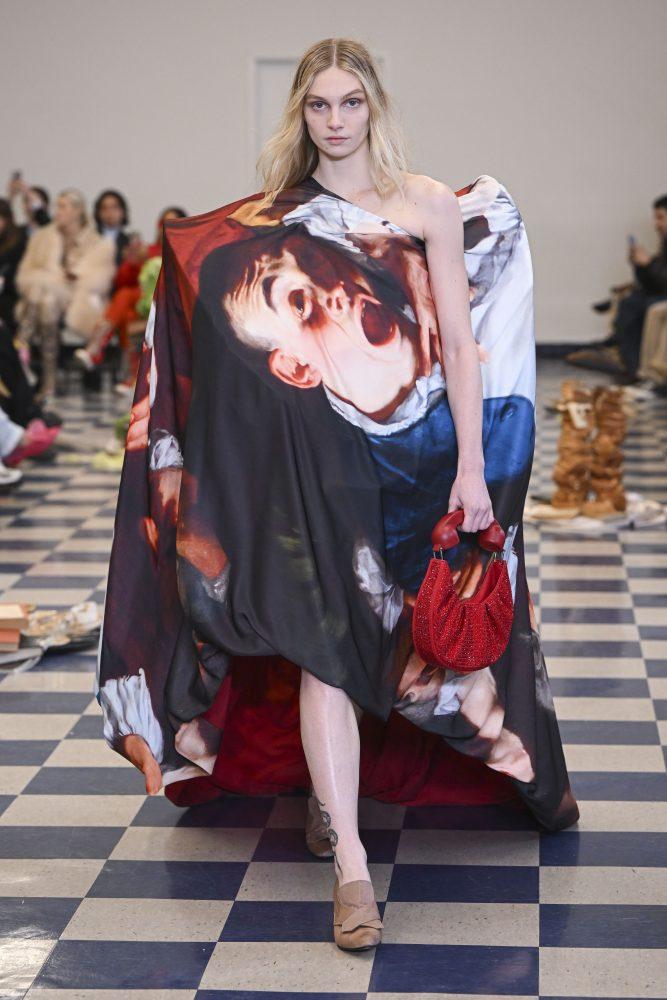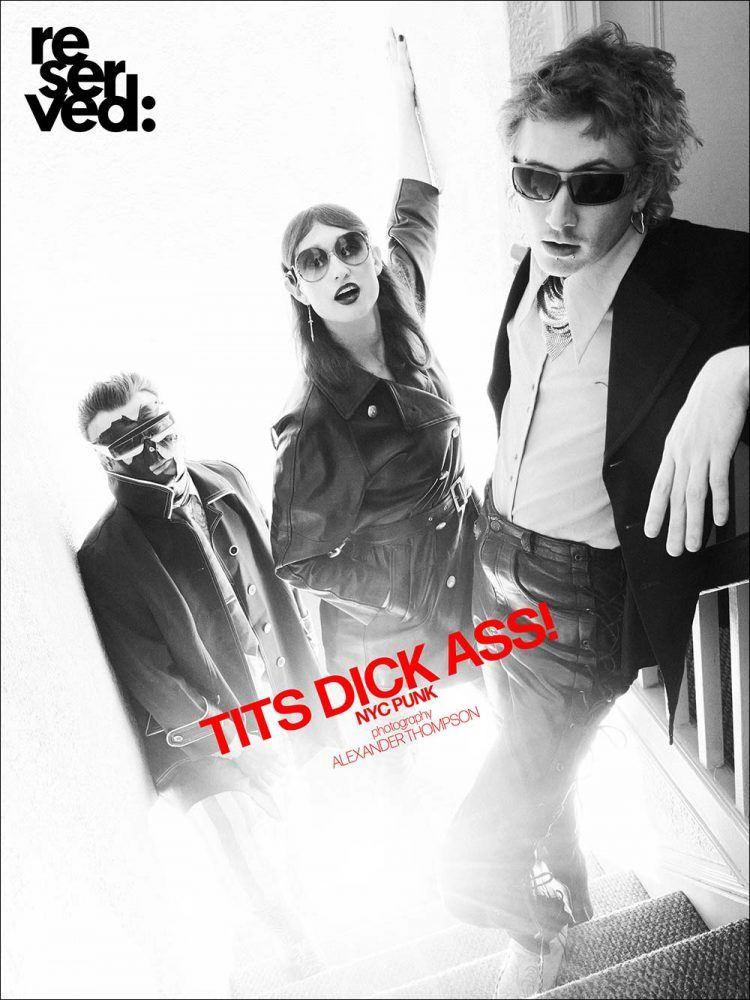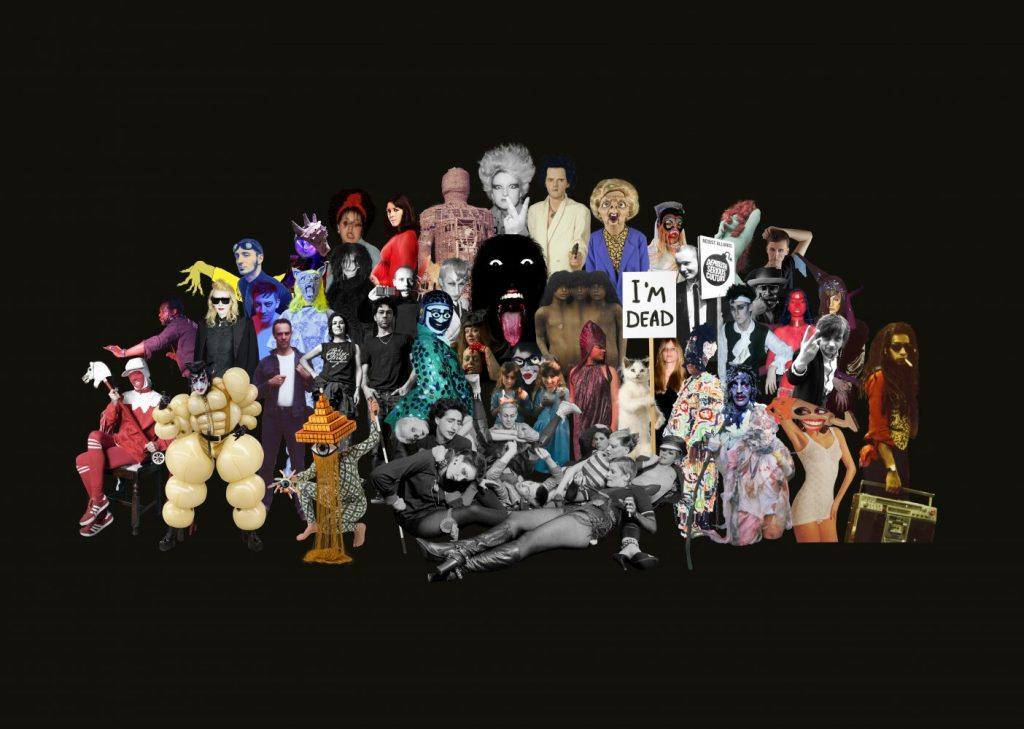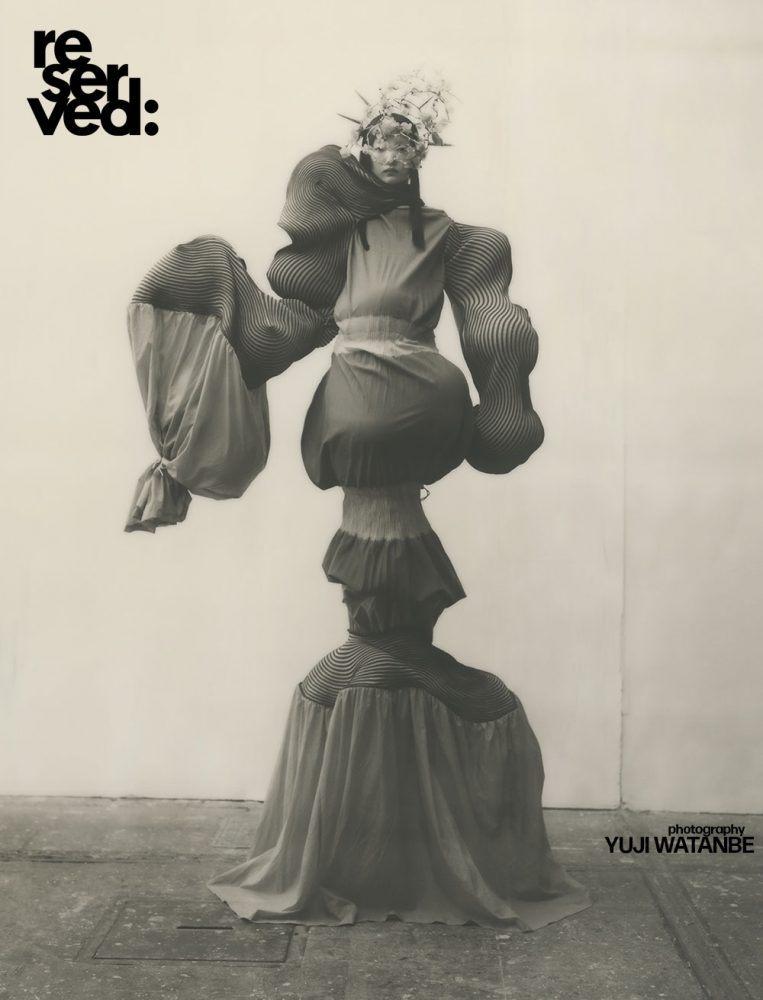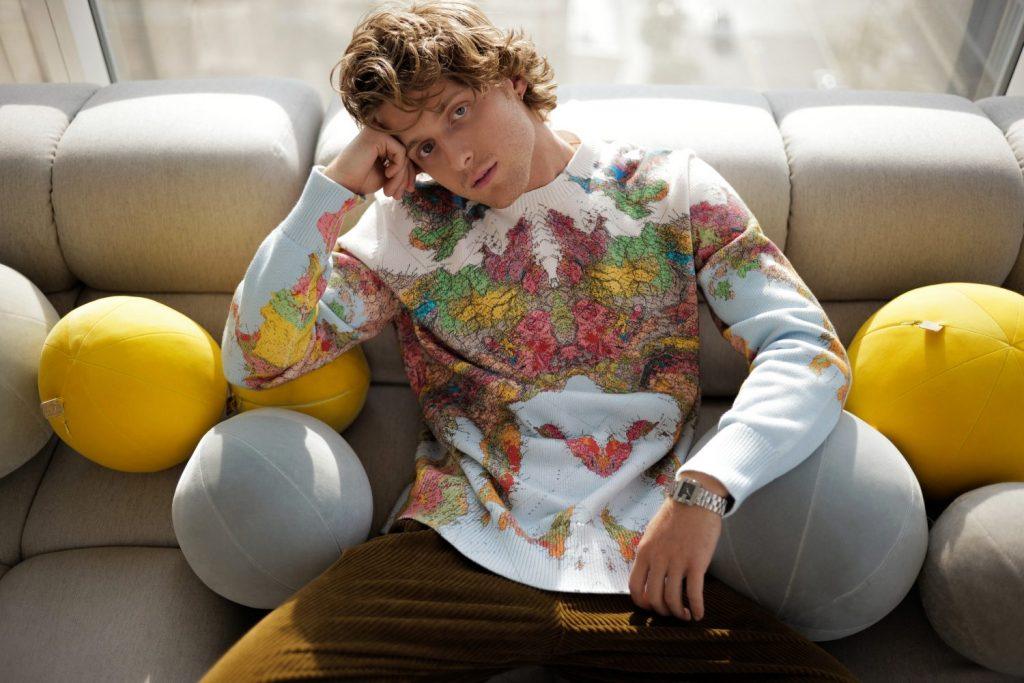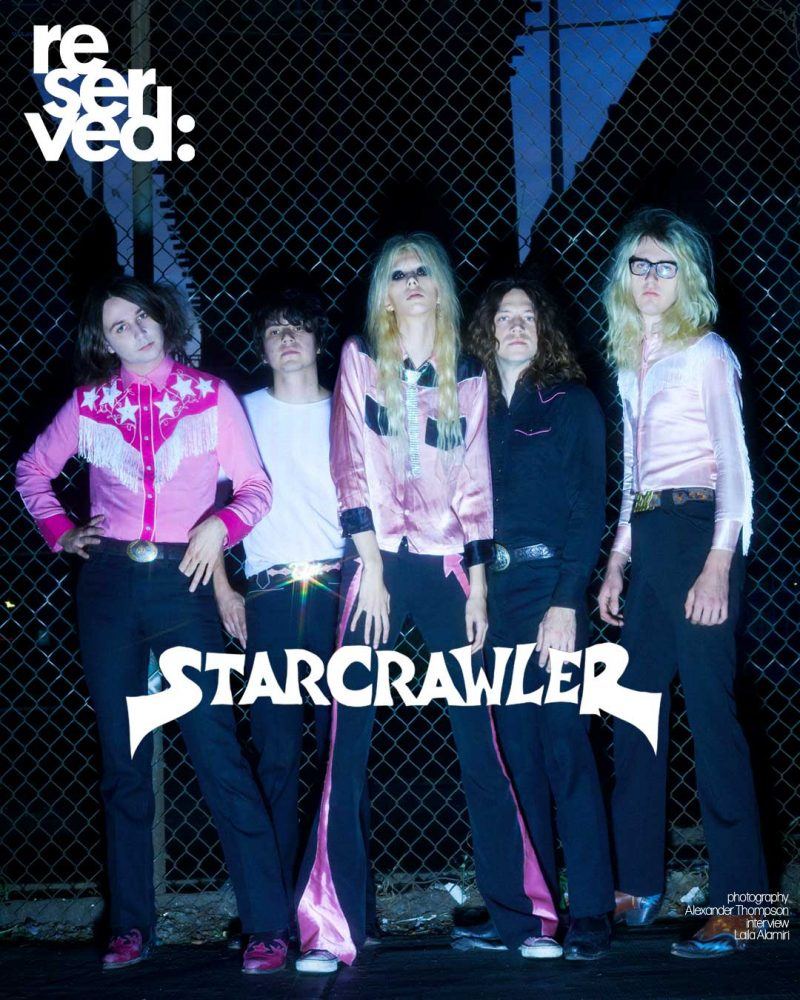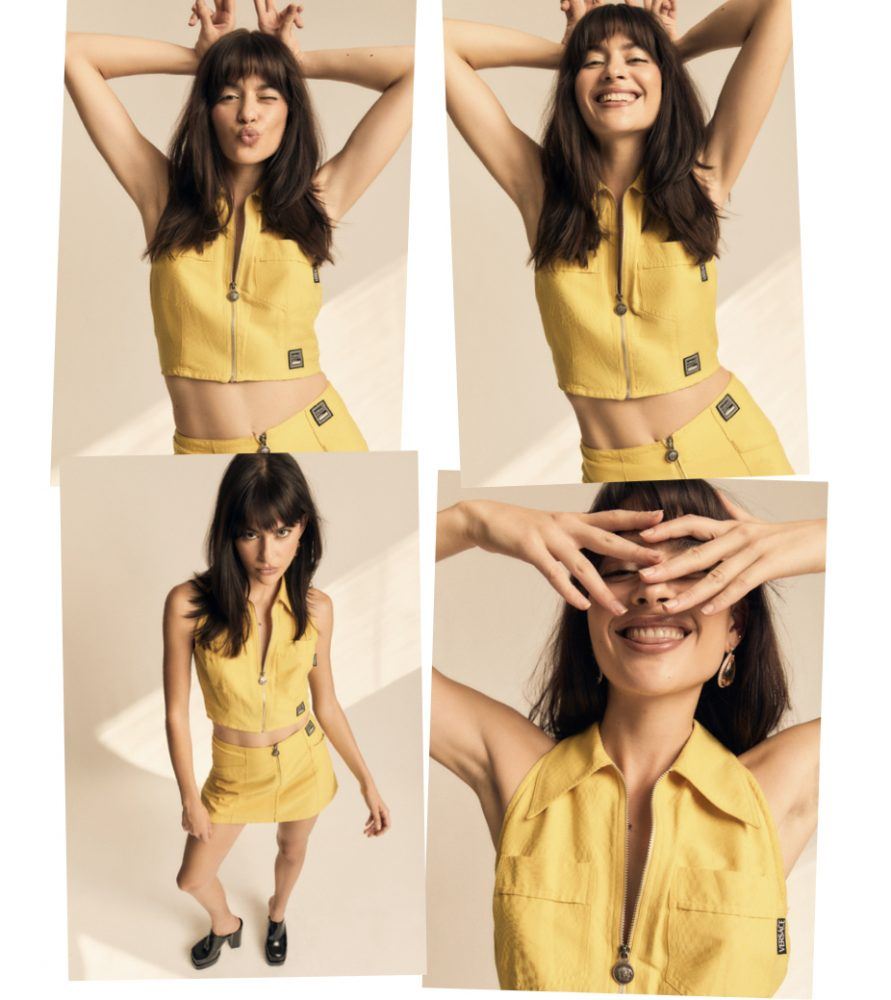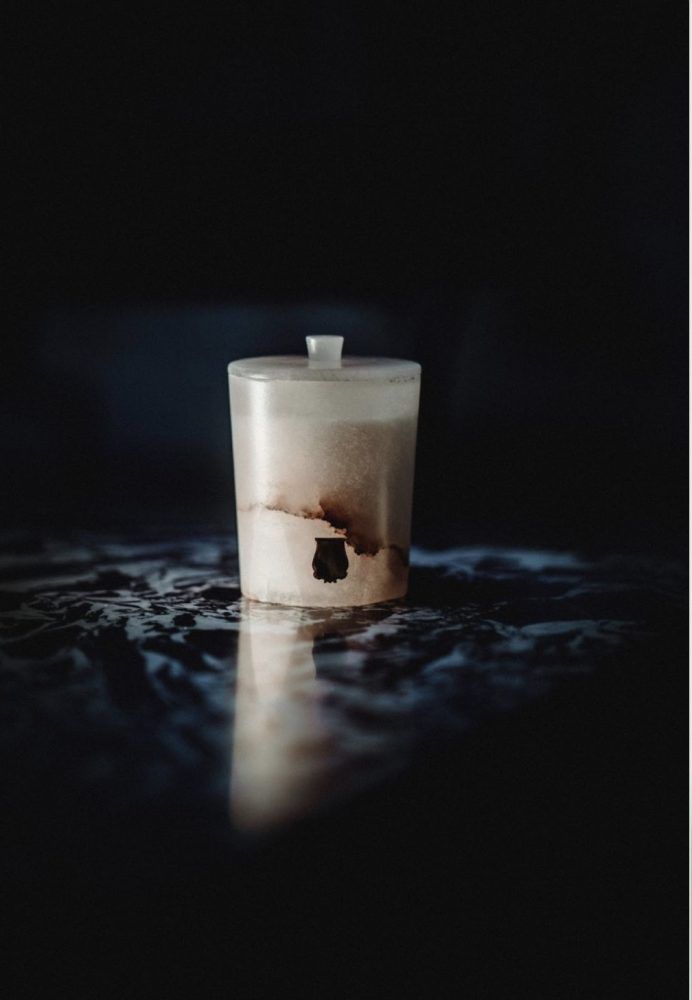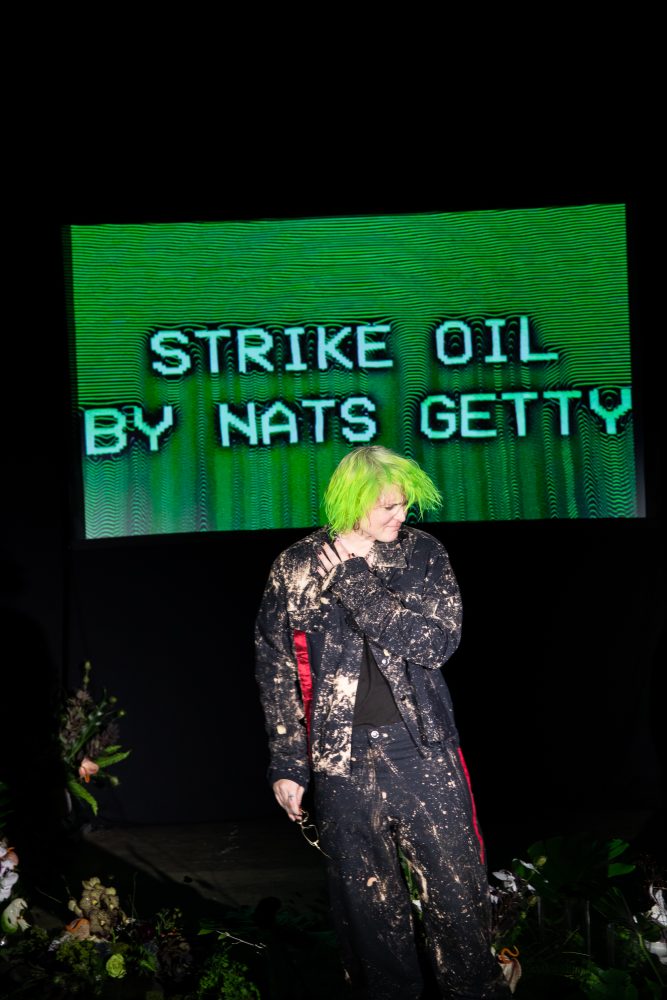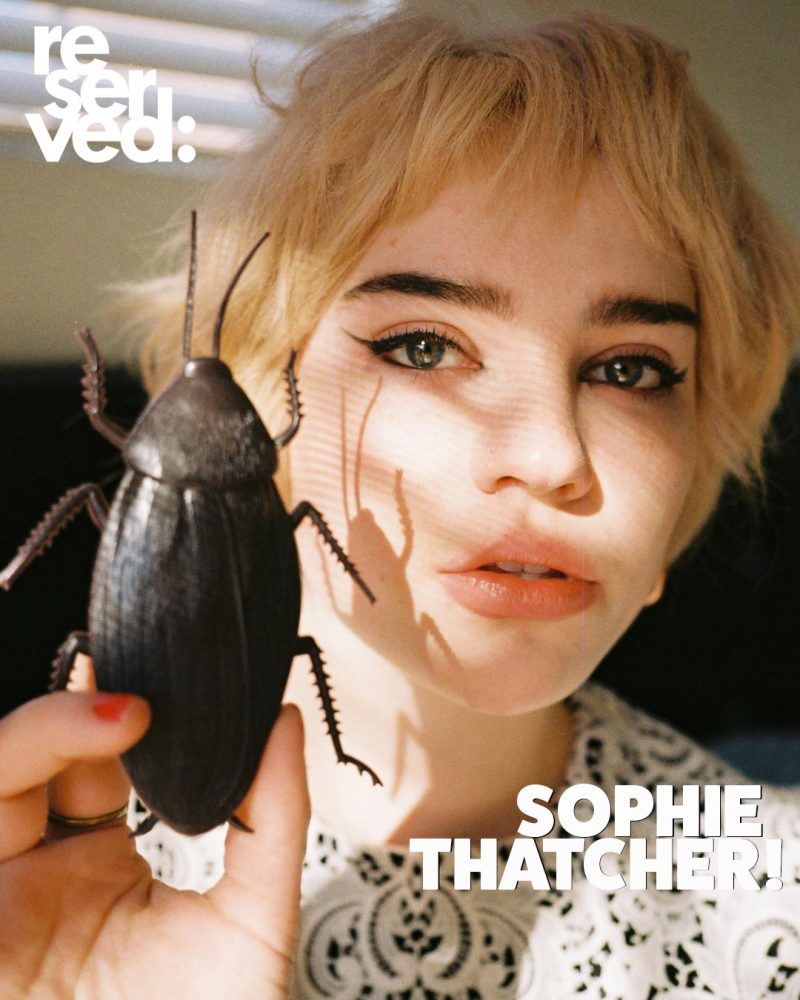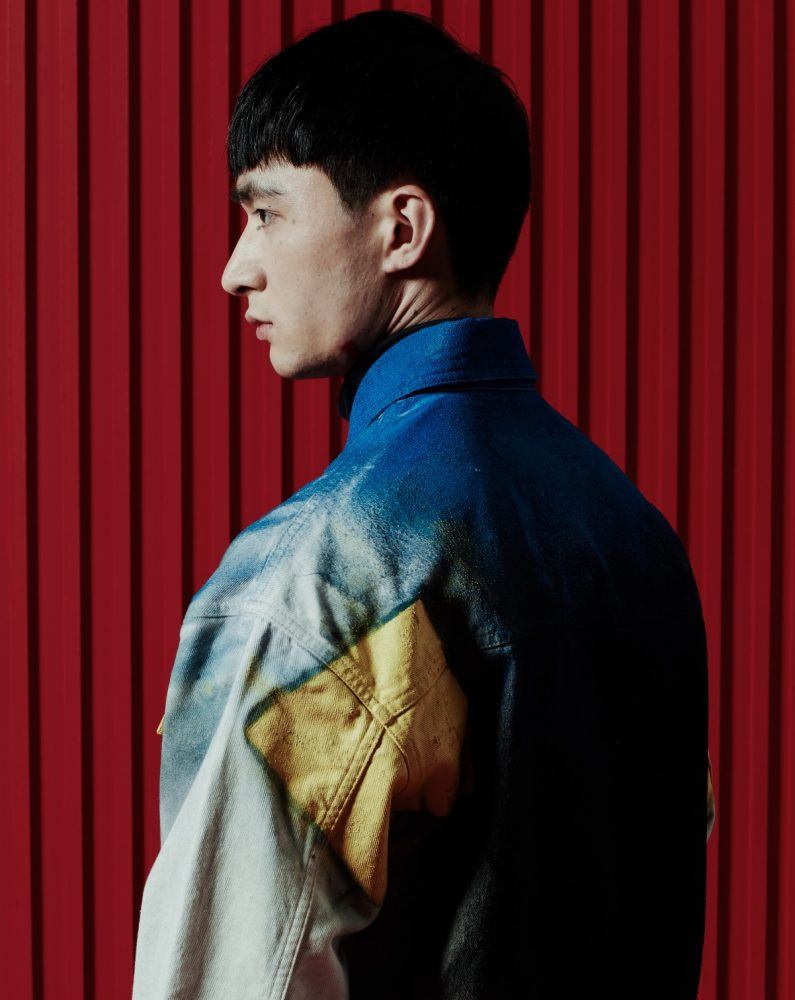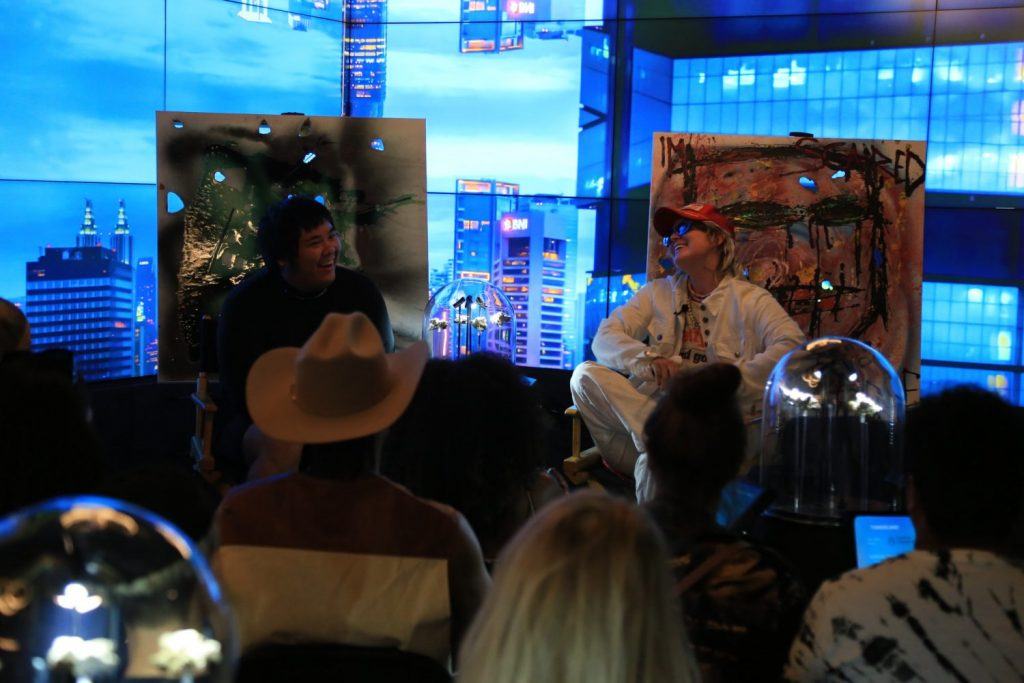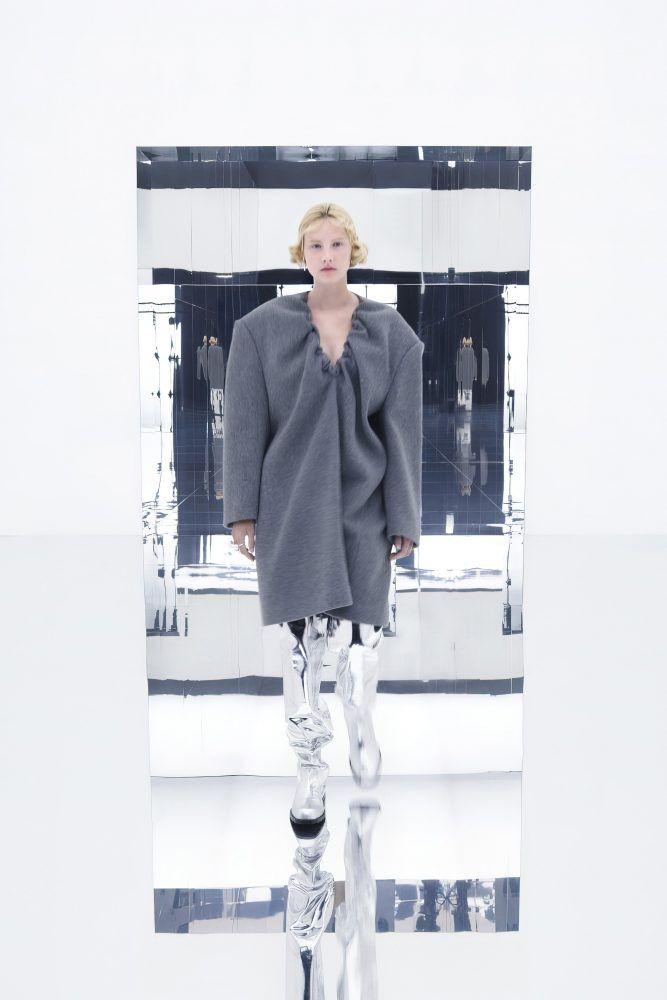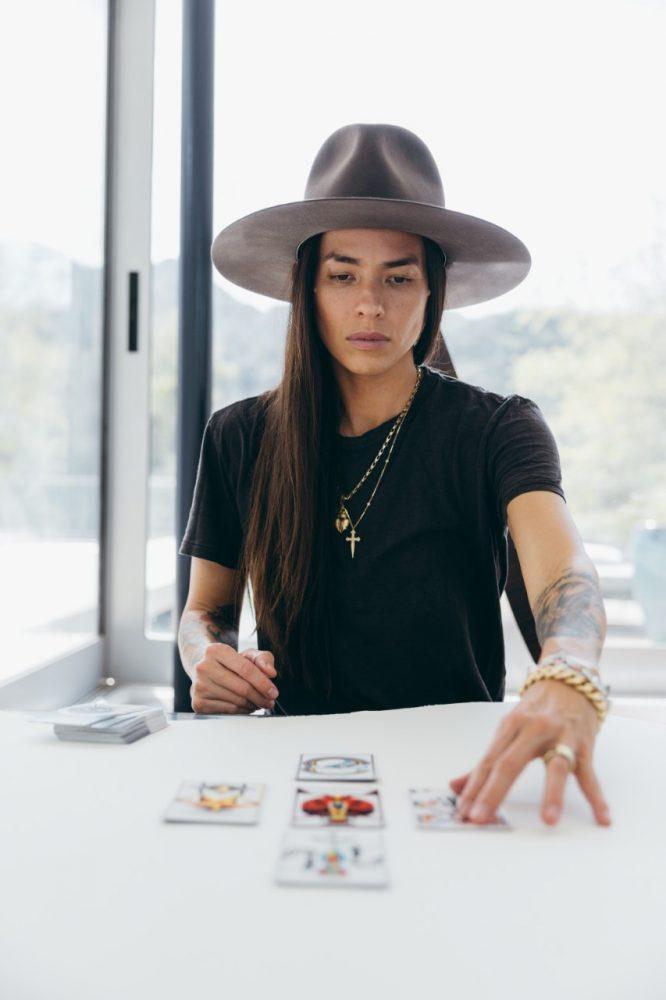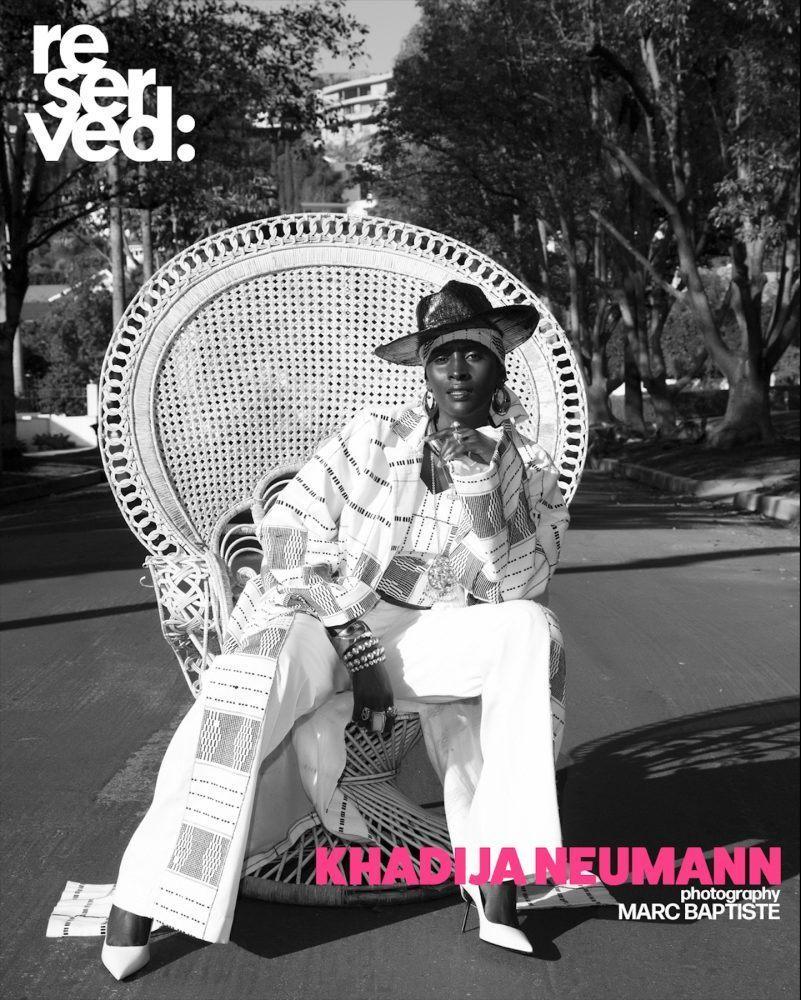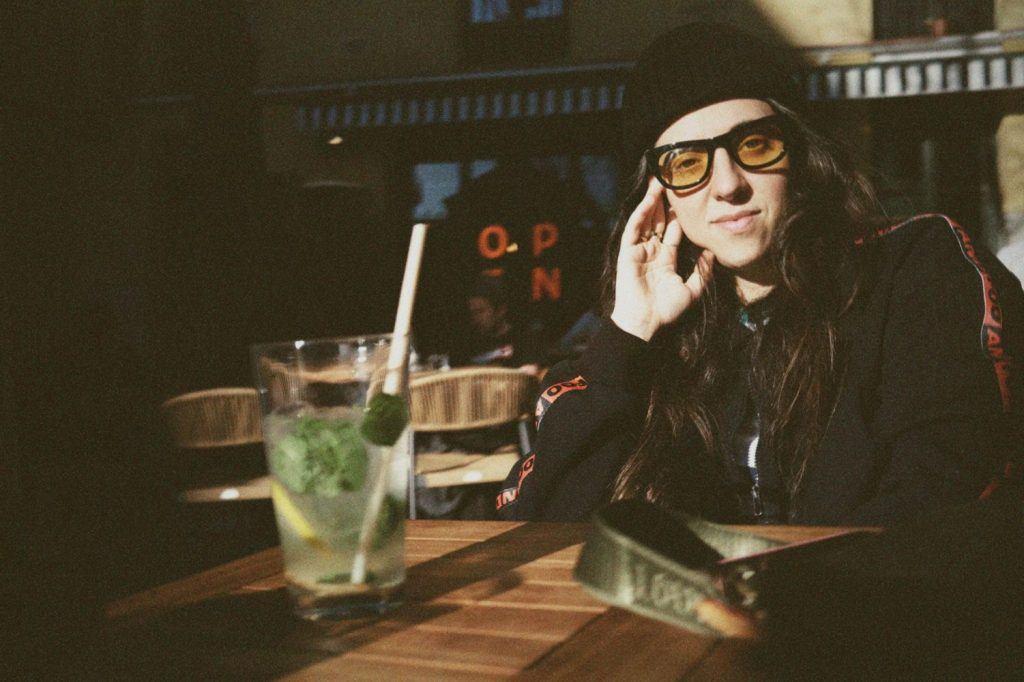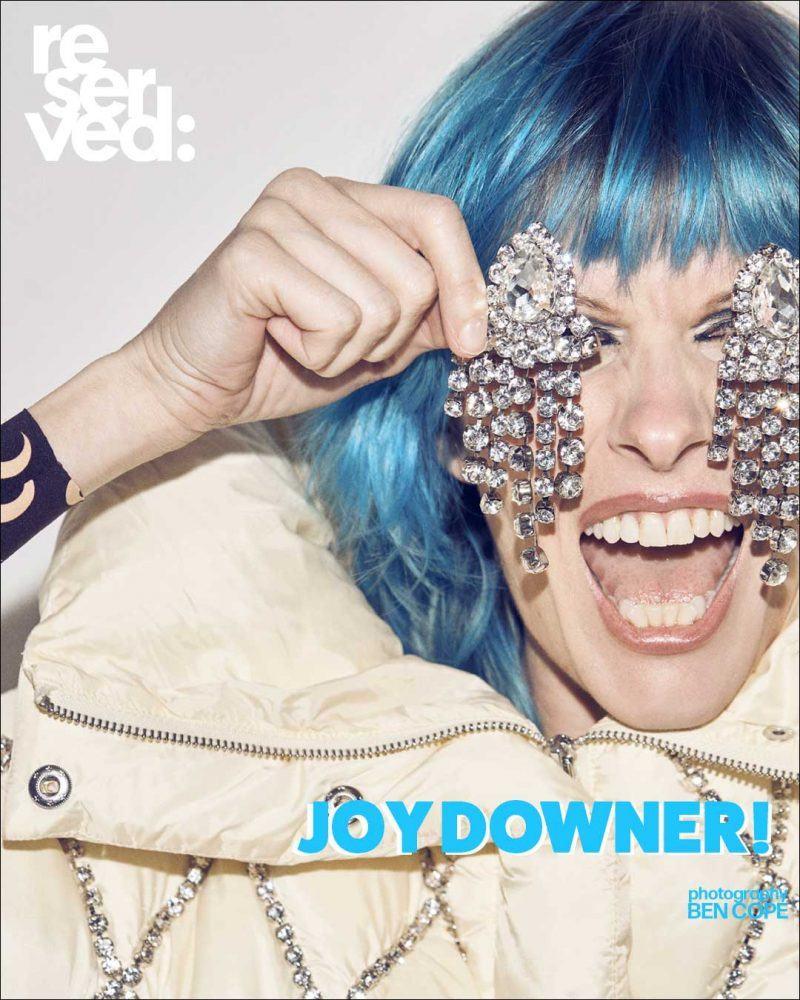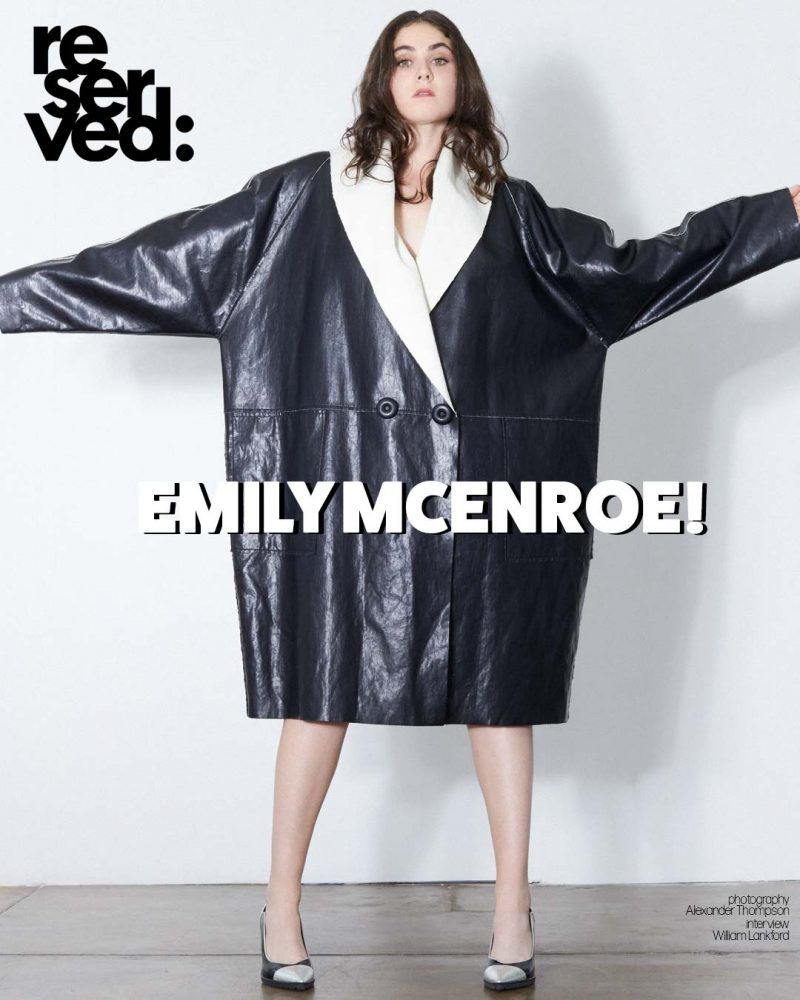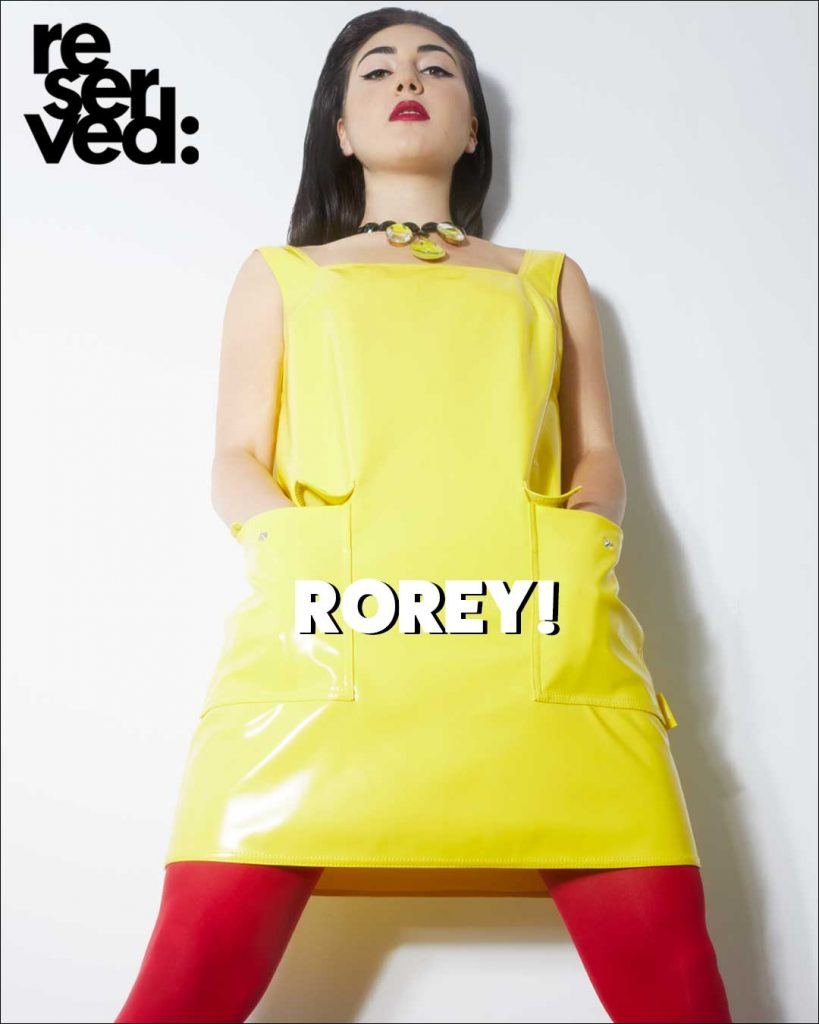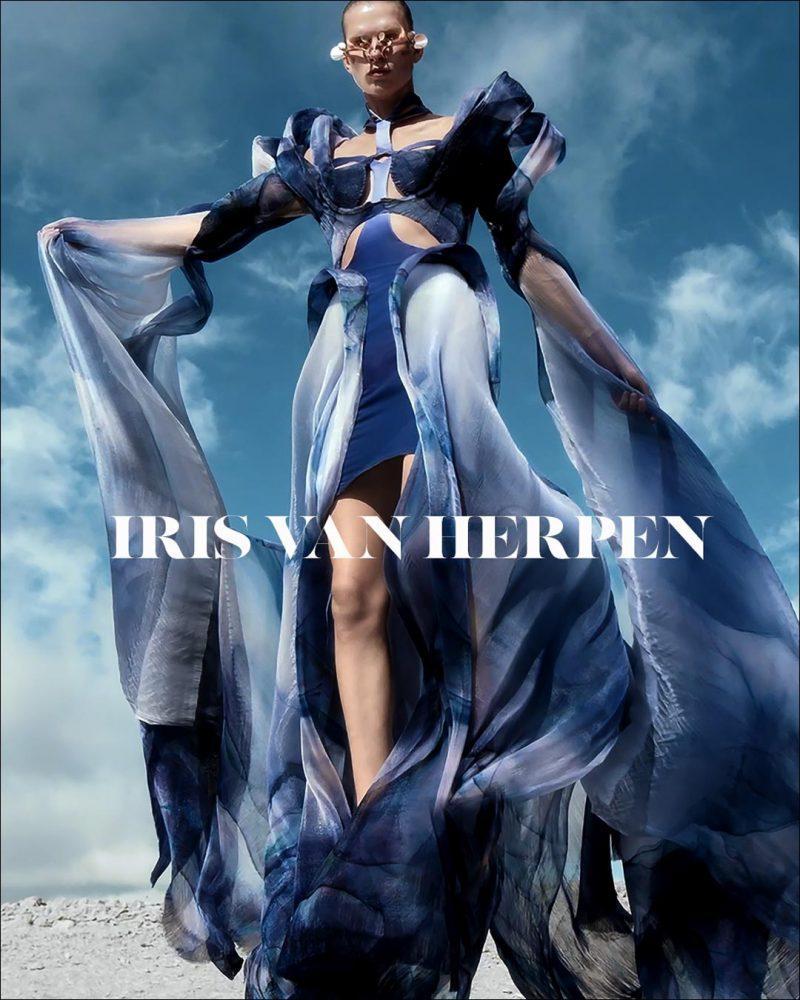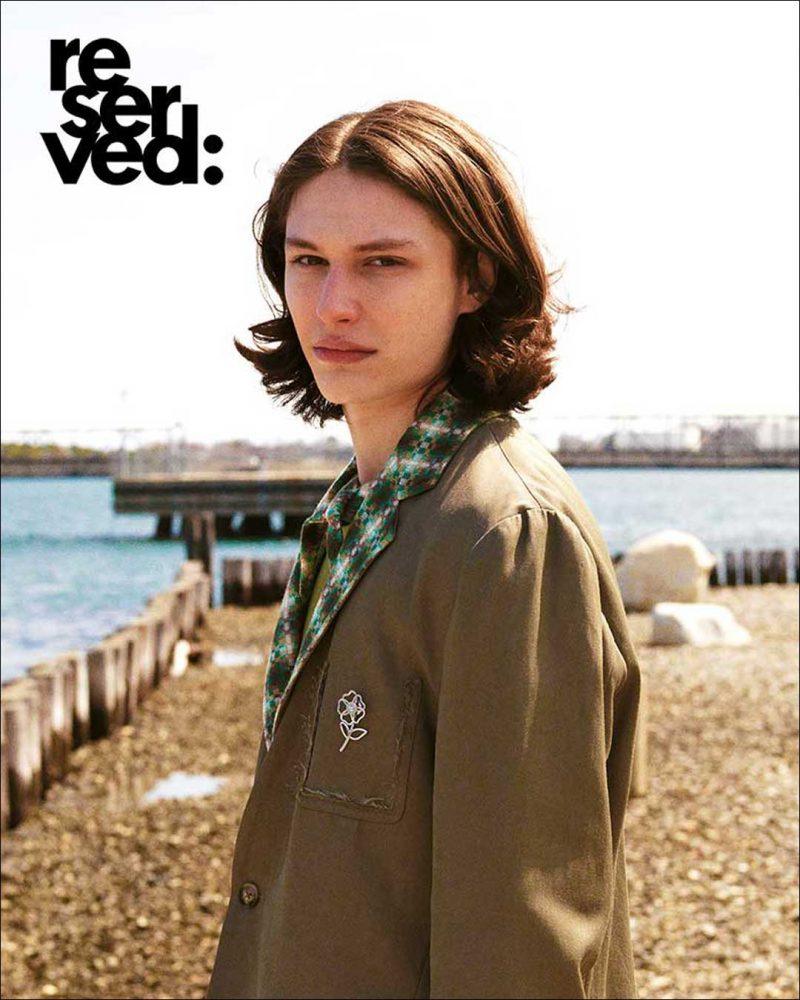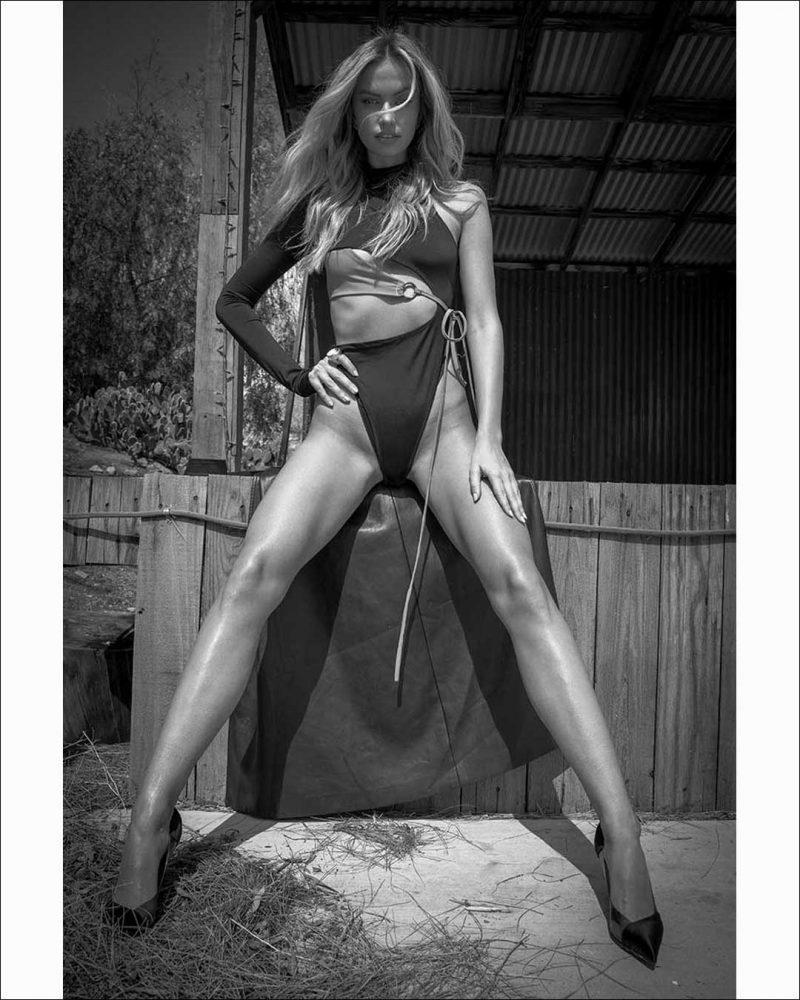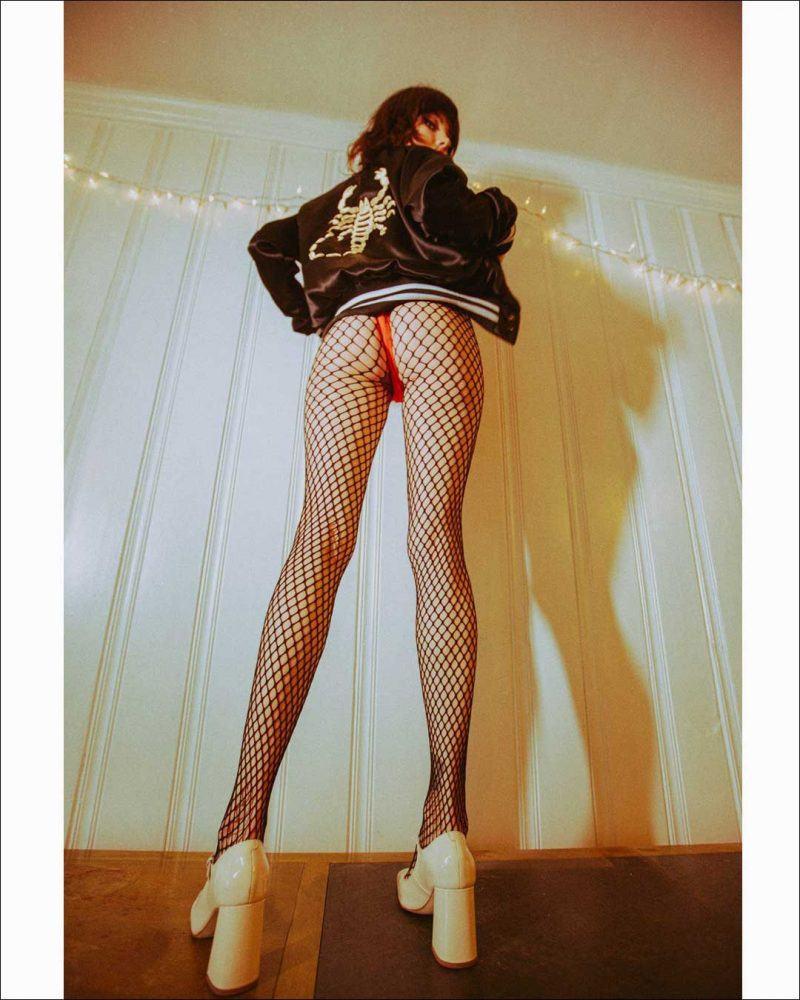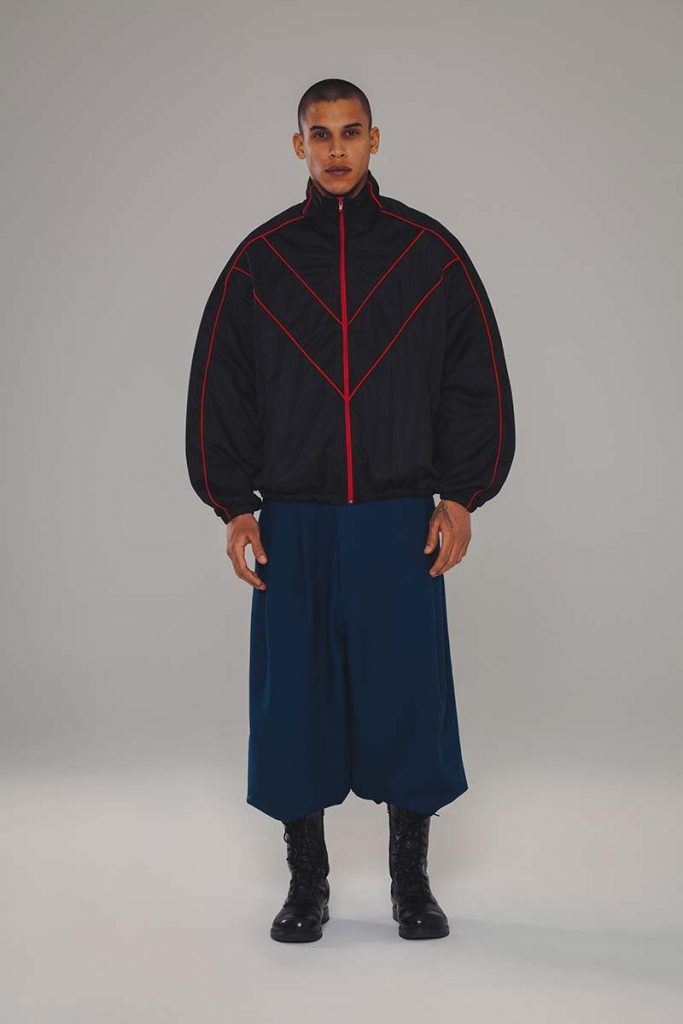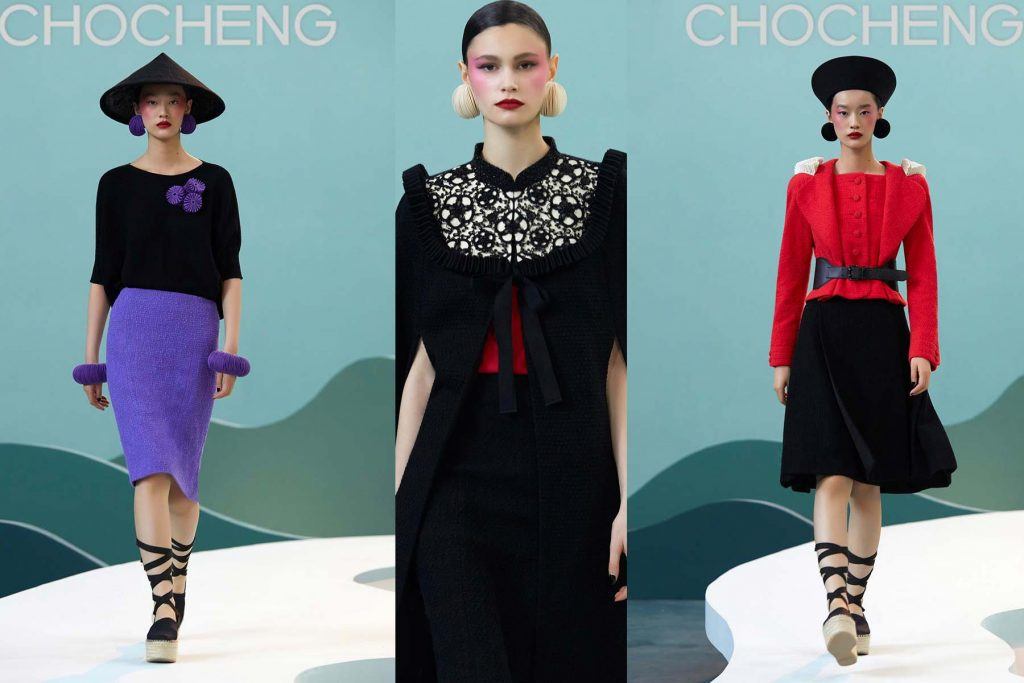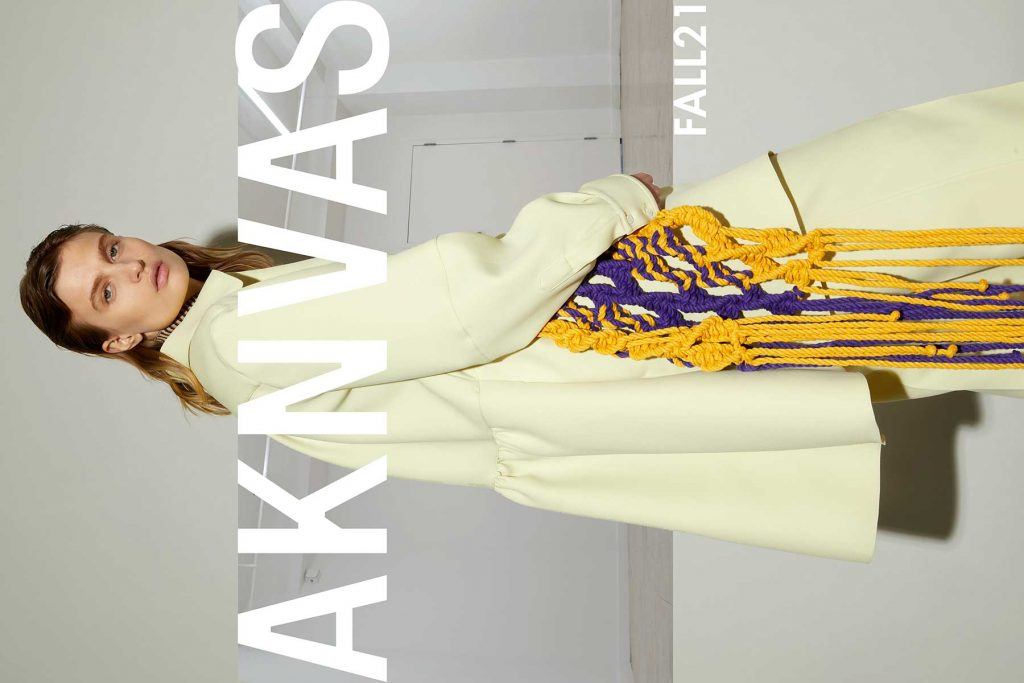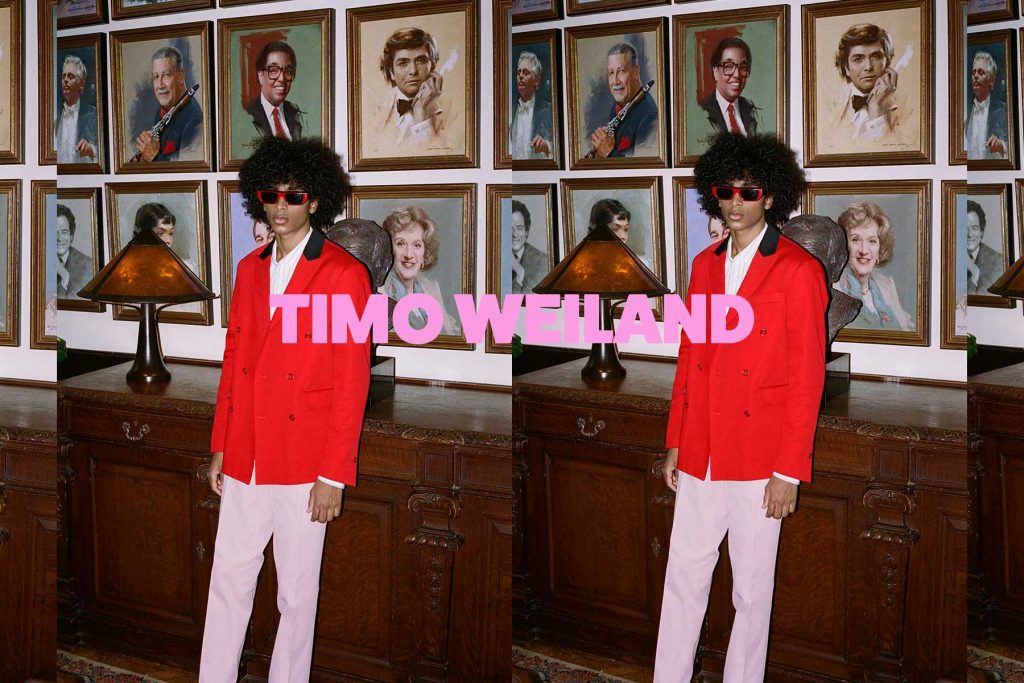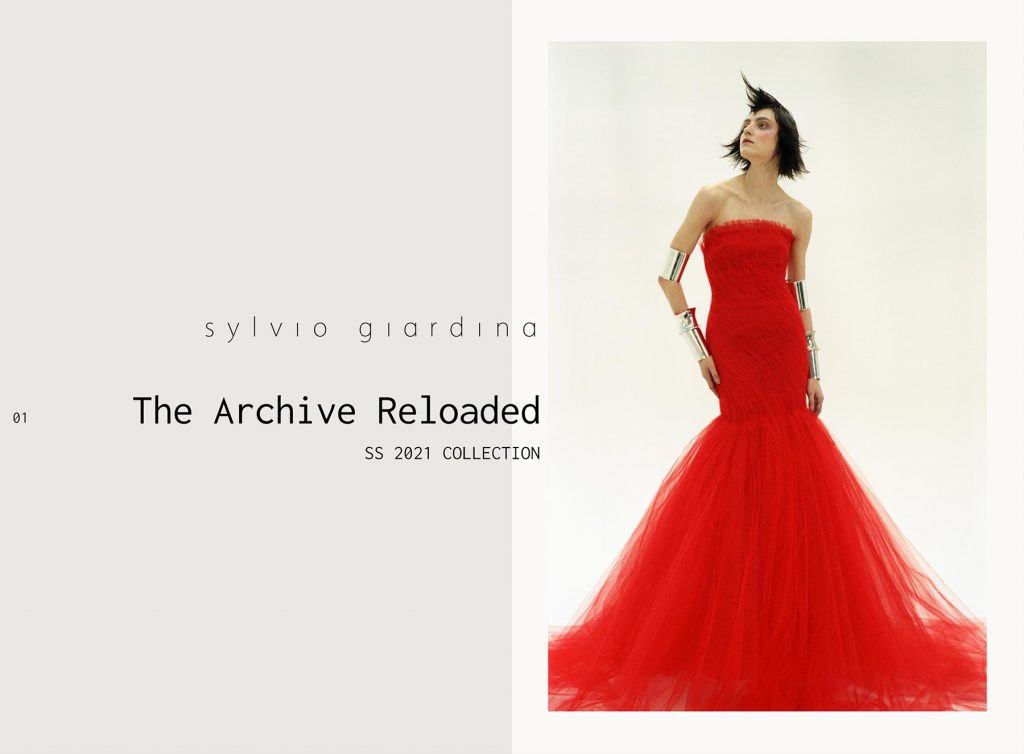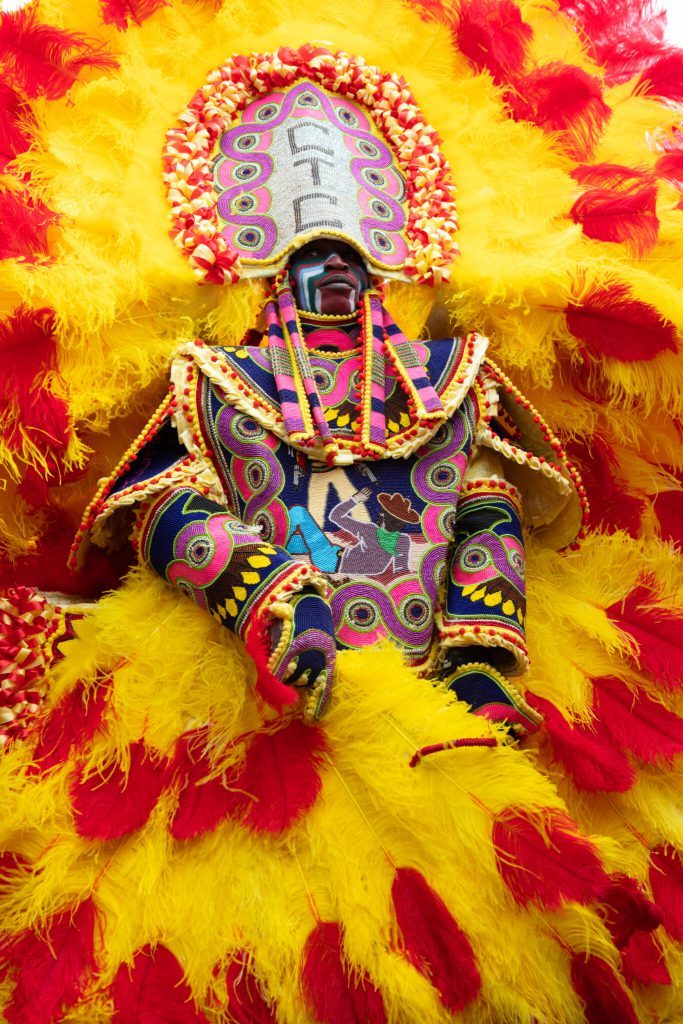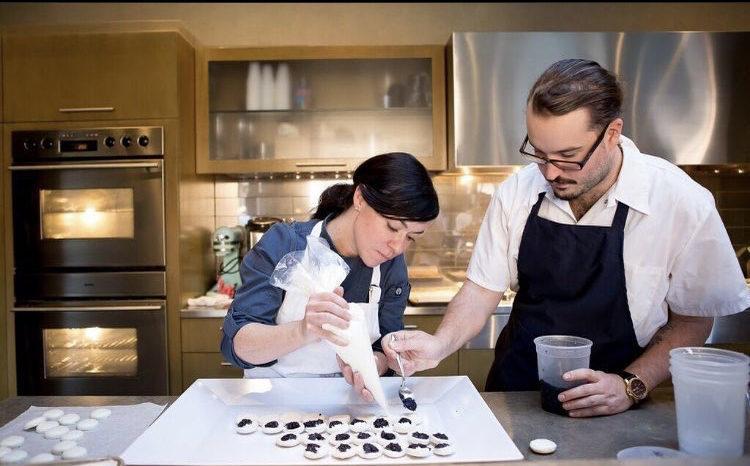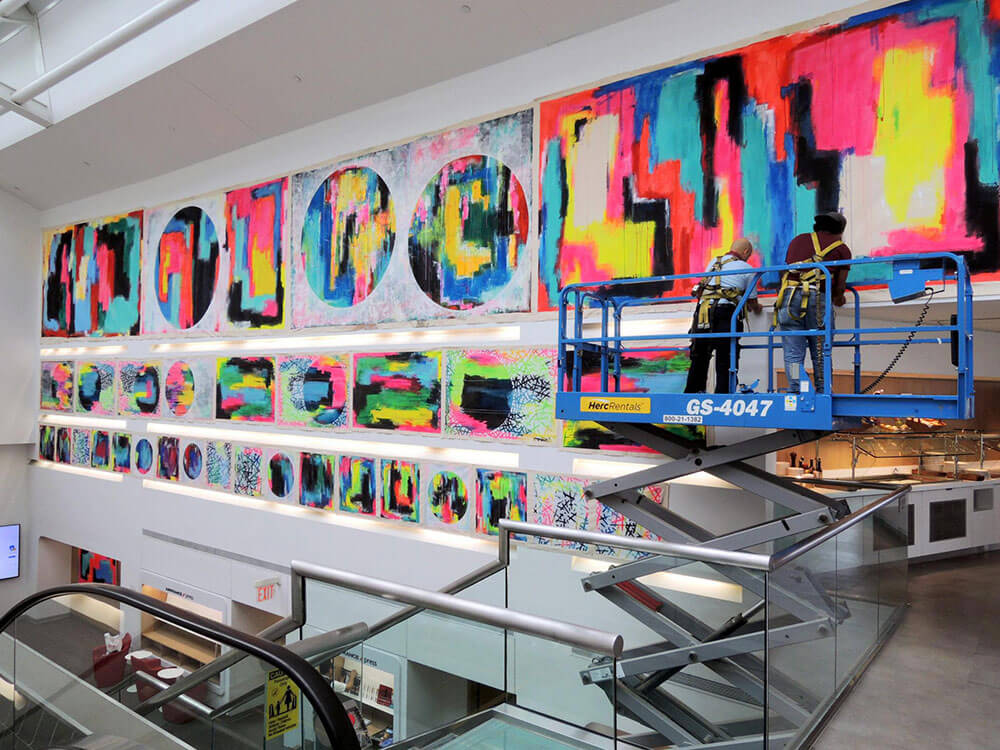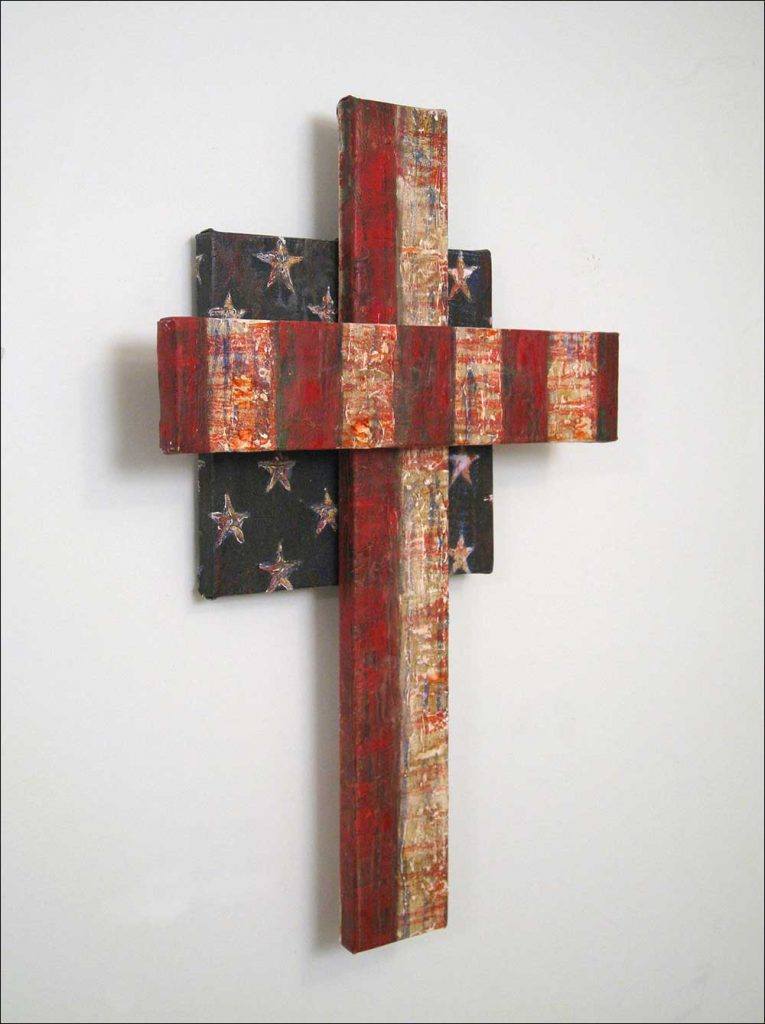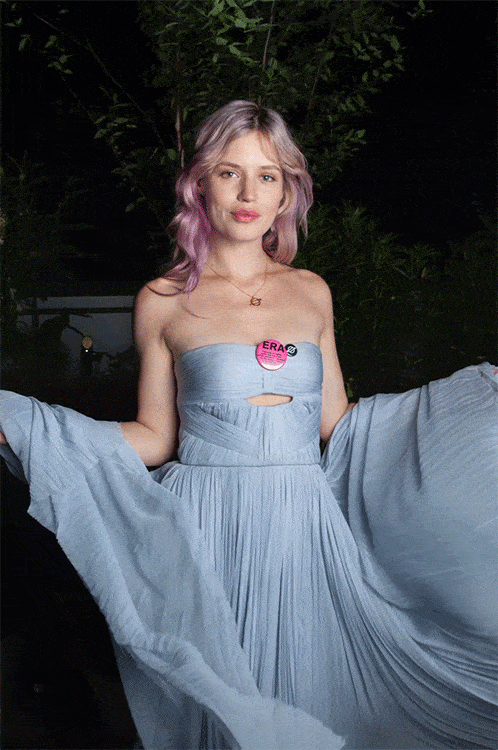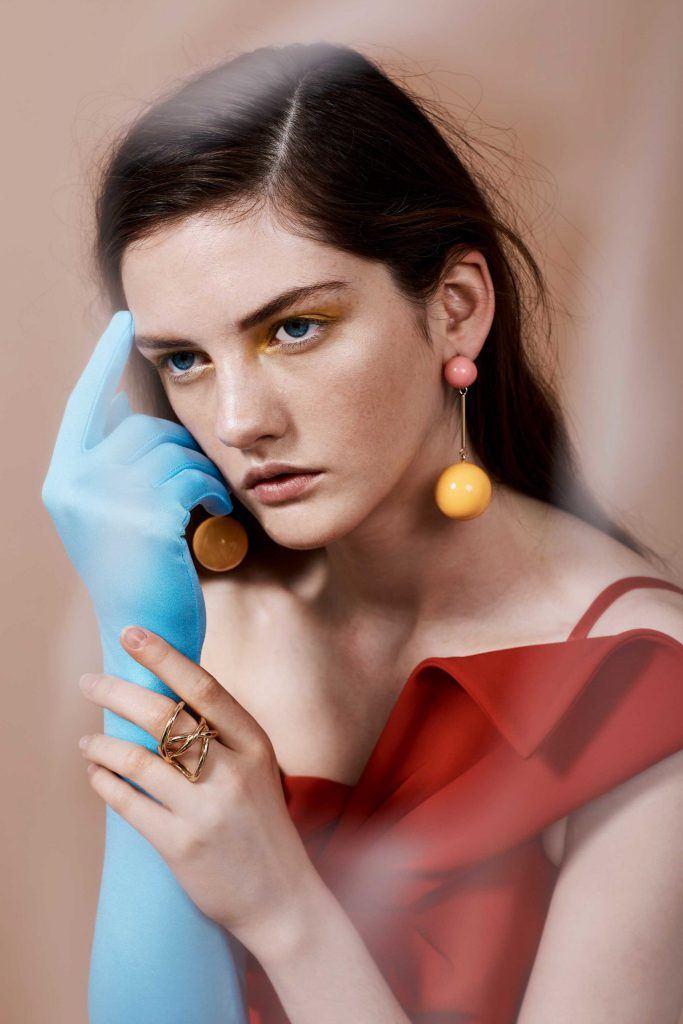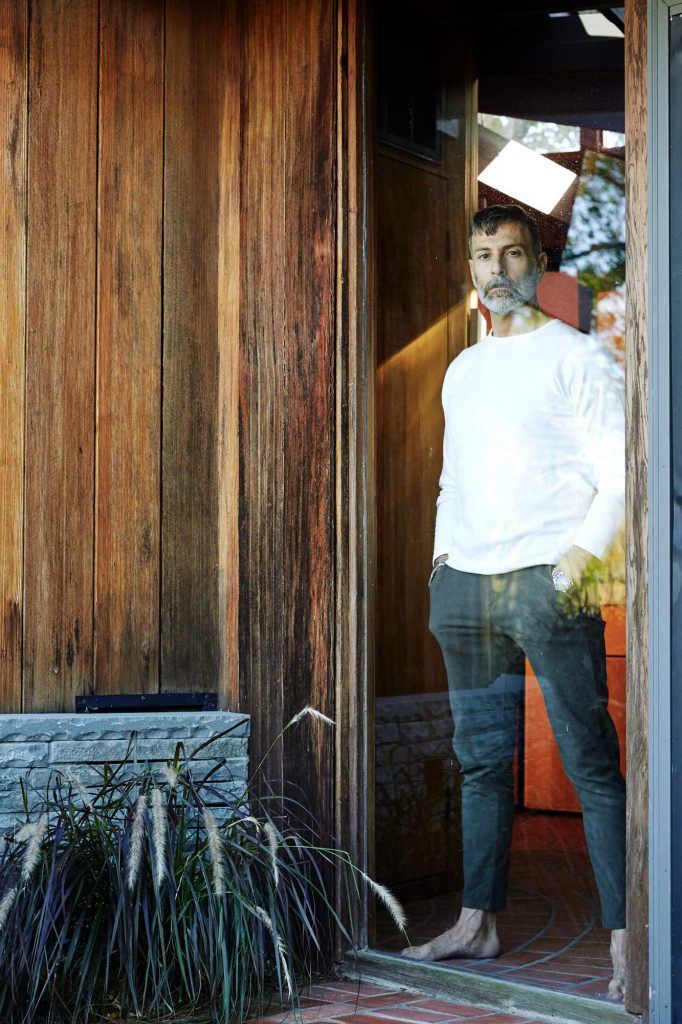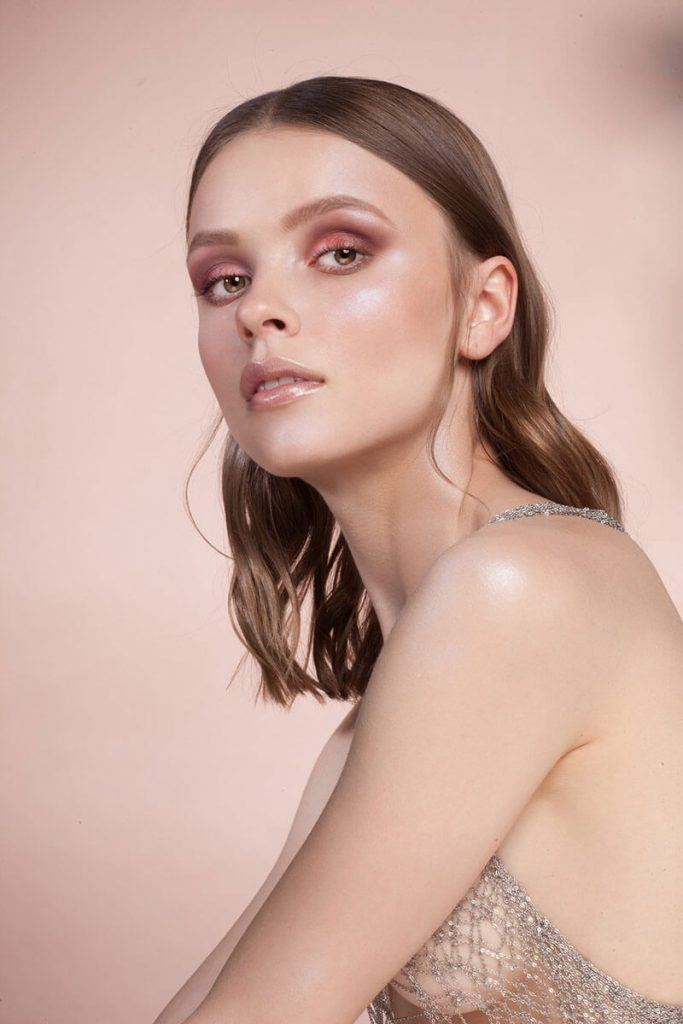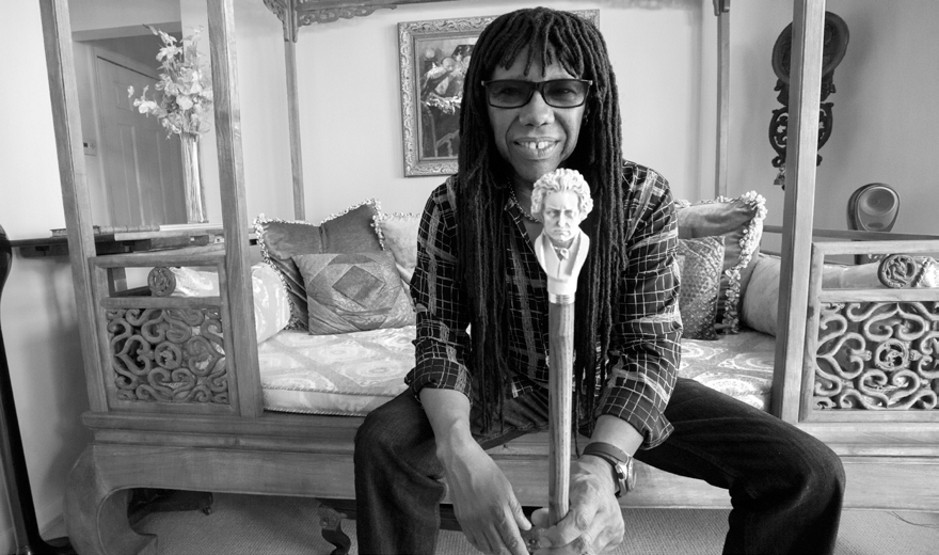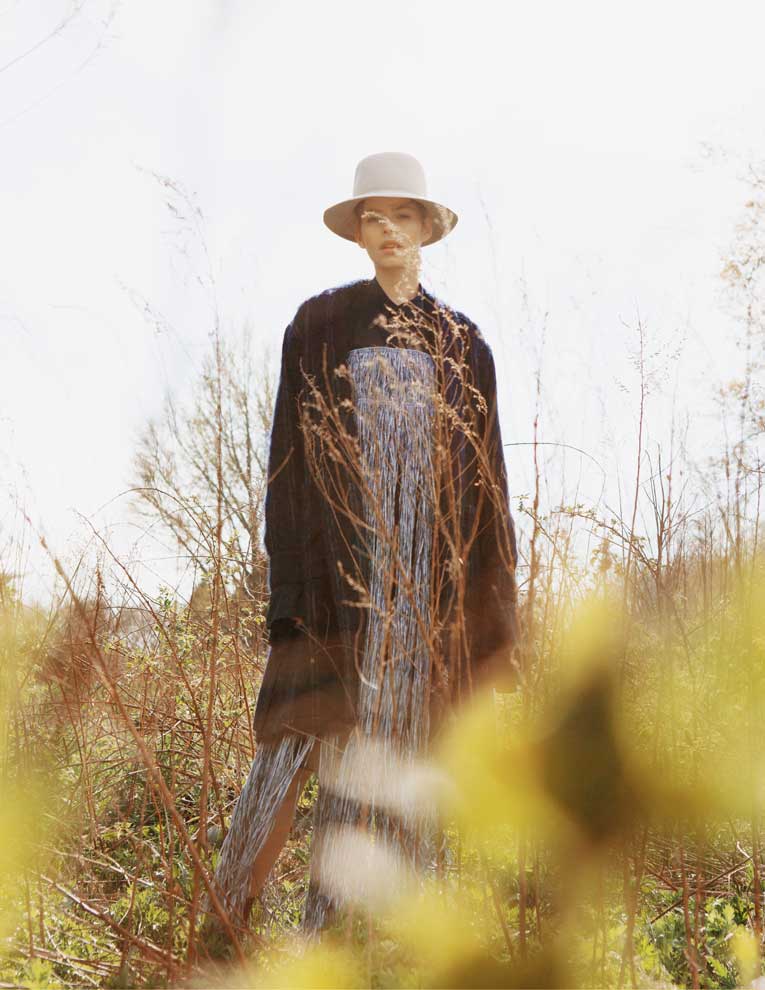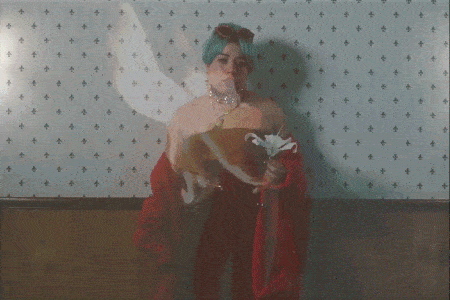
Arushi Kapoor
| COLLECTING ART IN THE MODERN WORLD

Arushi Kapoor Photographed by Mara Friedman
Reserved: Why don’t we start with a little bit about where you’re from and where you grew up?
Arushi: I grew up very internationally, I was very lucky. I grew up in New Delhi, India and then moved to London. I was living kind of between London and New Delhi, which really gave me a very cosmopolitan upbringing with a west and east perspective, and both of those cities are very international. New Delhi is like a melting pot of Indian cultures. Since India is such a vast country we have many different religions, many different kinds of people, and a lot of minorities. So living in New Delhi gave me a very interesting perspective on how to deal with different types of people and actually try to understand where they come from.
London is an international city and has been an international hub for centuries. But in London, there are not very many people who are from London much like LA, which is the other city I currently live in. I always try to understand people and understand where they come from with their cultures. It really interests me, and I think it comes from the very root of like my upbringing.
If you see my personal art collection, you’ll see a lot of that is translated into it. A lot of my collection is minorities and emerging artists.
Reserved: And you grew up in a family of art collectors?
Arushi: Correct, my mom is an art collector. Very avid art collector. Which is how I actually got into art. My grandfather was an art collector. They were kind of patrons for Southeast Asian artist. So, I grew up with all the masters of Southeast Asian artist coming to my house and everything. I never thought I would get into art as a career until I was in college and I realized that like since art has high barriers to entry it’s very hard to understand what the art where the art is, it’s very hard to understand the procedures within the art world. And since I was immersed in it and from such a young age, I started collecting when I was 13.
Arushi: Eventually I realized I could help other people build their collections, which is how I started my art journey. First working with galleries, and then auction houses, and after that starting my own consulting business because a lot of the time, people don’t really know how to get into collecting art.
Reserved: Can you describe how you choose an artist or their work for your collection, especially when you’re deciding upon an emerging artist? How do you determine the value of art?
Arushi: I’m going to preface that question by making it very clear that I’m also an art dealer, and the reason I want to clarify that is not for self-promotion, but because there’s something in the art world that’s changing right now: we are becoming more transparent. For years and years art collectors were not being open about also being dealers until very recently.
I don’t think you can be a dealer without being a collector. I can give you several instances where collectors have not been open about being dealers and have purchased artworks and flipped it for X times more. You have to have skin in the game. You have to believe in what you’re doing and you have to actually participate. Because if you can’t participate, how are you going to help build other people’s collections.
I like prefacing with that for the sake of transparency for everyone, and I’m hoping that more and more collectors who are also silently dealing and flipping will come out and speak about what the art world is really like. The art world is a very interesting place.
Back to the question: There are a lot of emerging artists who can be categorized in many different ways. It could be either from a financial point of view, or by how many years they’ve been practicing in the art world, or by how many museum acquisitions they’ve had. There are many different ways to categorize emerging artists.
How I personally pick artworks for my collection is with three things. My first and most important criteria is that I don’t buy artworks from any asshole. It’s very important because a lot of the people in the art world think no end of themselves.

Arushi Kapoor Photographed by Mara Friedman
Reserved: That’s interesting, because historically it was almost par for the course that a difficult personality was synonymous with being a good artist, like Dali or Picasso.
Arushi: And I think there’s something wrong about that; it was because the old white men allowed them to be that way. The art world was run by the old white men for a really long time, and we’re kind of just passing the batons in the last couple of years. I definitely think the art world was previously extremely toxic.
I’ve been in studios of artist who have burnt cash in front of me. I’ve been in studios of artists that verge on physically abusive to their assistants. I’ve been in studios of artists that have been really downright rude, and I thought previously there were collectors who just had to be like, “Okay, this is what it is like, and we are not going to be able to change it.” I think it’s very important for me as a person not to tolerate assholes in my friend circle or anywhere in my life. I would not tolerate an asshole and their artworks hanging in my house or anywhere within my private collection. So that’s my first criteria and that is non-negotiable.
Reserved: Love that.
Arushi: So after determining that the artist is not an asshole, the next thing I like to understand is what the artist’s story is. I like to understand where the artist is coming from and where the artist is going. I think most people don’t understand that for the artist, this is their business. They have to be their number one marketer. If they are not able to deliver their story about where they came from and what their artworks are about clearly and concisely, it makes me lose confidence in them in terms of where they’re going.
I like to know who the artist is, where the artist is going, who the artist is working with, and what the artist’s larger plan is for the next 5 to 10 years. That’s important for me to understand.
Reserved: Can you explain how the value art on the open market is determined?
Arushi: Values are assigned based on artists and dealers in the emerging sector. The artist and dealer have a discussion, and then the demand and supply of the market kind of takeover. If you’re selling an artwork for $5,000 and there are hundreds of people interested in your artwork, the valuation of your artwork is automatically pushed because there’s more demand than there is supply. It also goes the other way if you price your artwork at $100,000 and there is only one person willing to buy it. Then, the person willing to buy it can negotiate the price to whatever value they deem appropriate.
Once an artist goes to the auction houses, general market concepts of supply and demand still apply. If there are more people interested in an artwork at an auction, the price will be driven up. Once the price is consistently driven up, the base primary market price for that artist is also driven up. When an artist gets museum acquisitions they are even more legitimized in the art world, which also increases their “value” to a certain extent. So, there are many different factors. But supply and demand is the basic economic factor that runs the art world.
Reserved: What is the difference between primary and secondary markets in the art world?
Arushi: Primary market is buying an artwork directly from the studio, whether it be through a dealer or a gallery. When you’re buying a primary piece you are the first collector to own that piece.
The secondary market is when you purchase a piece from another collector. So, there is a trail back to the artist, but you are not purchasing it directly from the artist studio.

Arushi Kapoor Photographed by Mara Friedman
Reserved: Can you also explain “blue-chip artworks”?
Blue-chip artworks are works by artists that have proven themselves in the art world already. For example: Basquiat, Warhol, Rothko. These artists already have very established markets, and there’s always going to be a demand for them. The supply is only going to become lesser as the world becomes richer and more people can afford these artists. Blue-chip artists are very solid and established in the market. From an investment point of view, it’s similar to a blue-chip stock.
Reserved: A little shift to the new landscape of digital art. My understanding is that NFTs favor the artist business-wise because the artist continues to get paid as the work is traded on the secondary market, versus the traditional model when the artist only gets paid once – the first time the work or painting is sold. Is that right?
Arushi: Correct.
Reserved: Do you think that is one of the reasons NFTs have become so popular?
Arushi: I think for a really long time, the art world has had really high barriers to entry for people. You can’t just walk into a gallery and say, “Here’s the money and I’ll take this artwork.” The chances of them saying yes to that are very minuscule. You need to have previous history, relationships with the gallery, and relationships with the sales agents at those galleries in order to do business with them.
For a long time, the tech world was not included in the art world even though they had the money to buy the artworks. So, NFTs were kind of a conjunction of the art world and the tech world coming together. What they tried to do was give NFTs all the elements that were lacking in the general art world. For example, transparency in the art world has always been a problem and they try to rectify that in the NFT world. However, the value of the NFTs increase and decrease very quickly, and there was a lot of fake valuation given by a lot of the tech people when they saw this opportunity. Which is why we’re seeing a little bit of a downfall of NFTs.
NFTs is a concept and what it was meant to do is actually brilliant. You could track provenance, you could do tokenization of artwork, and the artist would get a percentage of the sale every time it’s resold, just like you said.
Reserved: What is provenance?
Arushi: Provenance is tracking the artwork back to the art artist studio, just to make sure that the artwork is not a fake.
Reserved: We are seeing a lot of news and debate around AI and the art world. How do you think AI will affect the art world in general?
Arushi: I think it’s going to be a great tool. I think if artists can use it as a tool and come up with innovative works, it could be amazing. Refik Anadol is one of my favorite generative artists. The way his art works is generative, meaning that it constantly regenerates, and you don’t ever see the same image twice. It has a small brain and a computer behind it that does all these permutations and designs.
Reserved: It sounds like the modern artist requires a totally different skill set from the artist of the 19th century.
Arushi: It’s a completely new genre. But here’s the thing: the artist is still the brain, right? You can’t expect AI to generate fabulous artworks just by itself. You still must put in the effort and use it as a tool to create the artwork, and that’s where I think things are getting very mixed up.
I am a big proponent of AI. I think it’s making everyone’s life easier if it’s used in the right way. I use AI as a tool for almost everything from my social media, to my curatorial notes, to helping artists come up with plans. I think AI is absolutely fabulous. But you have to learn how to use it like any other tool, and how to use it correctly. You have to put your own brain into it. If you randomly type something into AI and you copy-paste it into an email without looking at it, you look like a fool. You are still the human in the driver’s seat; you can’t just let AI do whatever it wants. And the same goes for artists and AI.
I think Refik is definitely one of the masters right now, and the first person who’s kind of blown up in within this genre. But I think there are definitely more people who will be following in his footsteps soon.
Reserved: Do you have any advice for young artists, or art collectors, or for anyone reading this article?
Arushi: I think something that people not just in the art industry but in general need to understand is that you can’t do anything by yourself. Try to maintain a small and strong support system. For me it’s my husband, my sister, my best friends, my family. But it doesn’t have to be those people. It could be anyone. It could be your assistant, it could be people that work for you, it could be your therapist, anyone. But the one recommendation that I would make to anyone is that I think it’s very important to have a support system and sounding boards that you can talk to about anything, whether it’s your personal life or professional life. As long as you have that, you’ll have a good head on your shoulders, and you’ll be able to make the right decisions for yourself.
INTERVIEW BY BONNIE FOSTER


